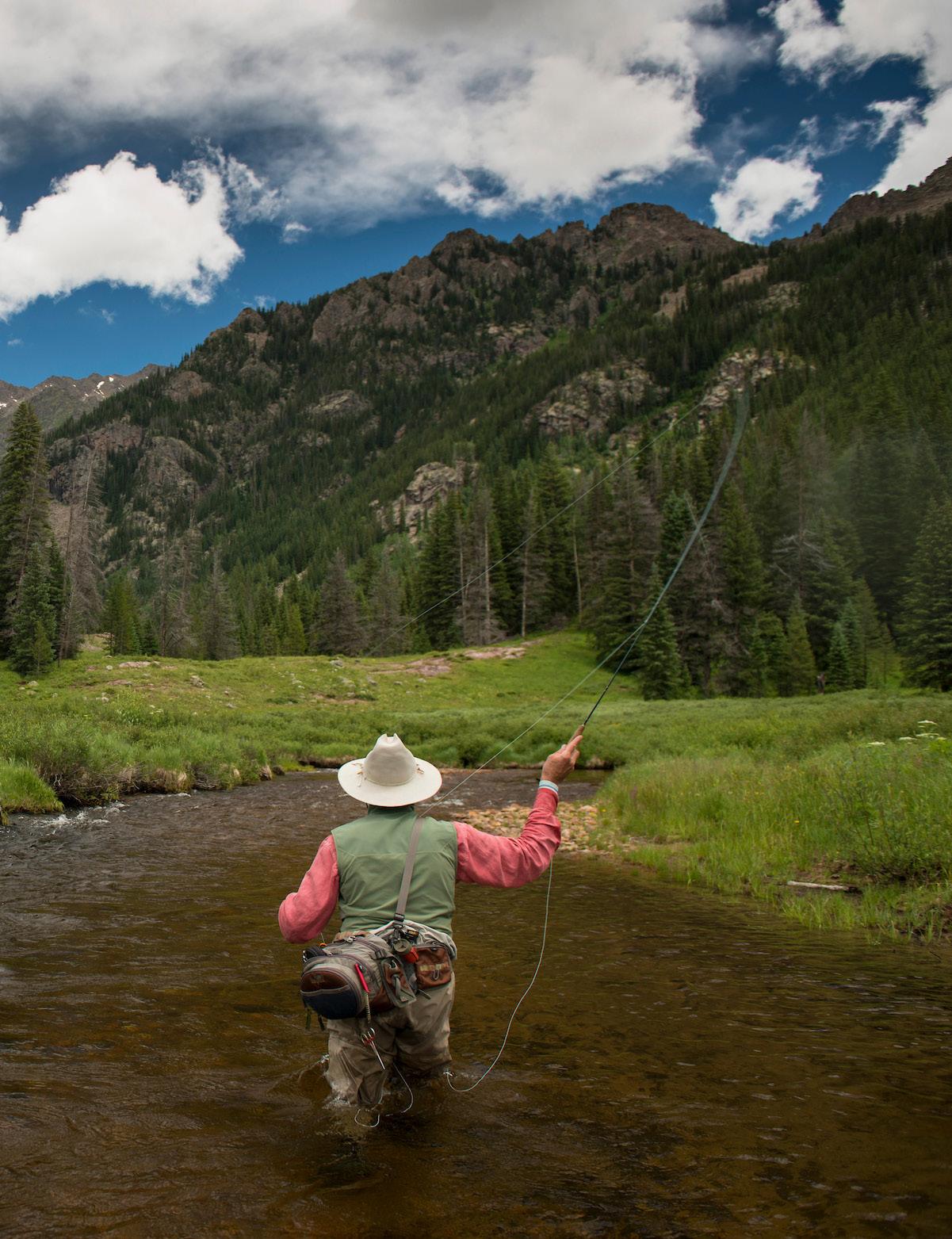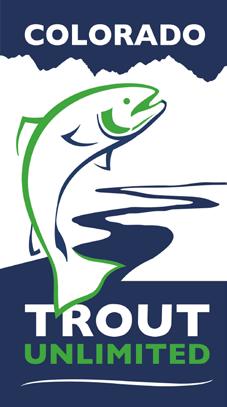
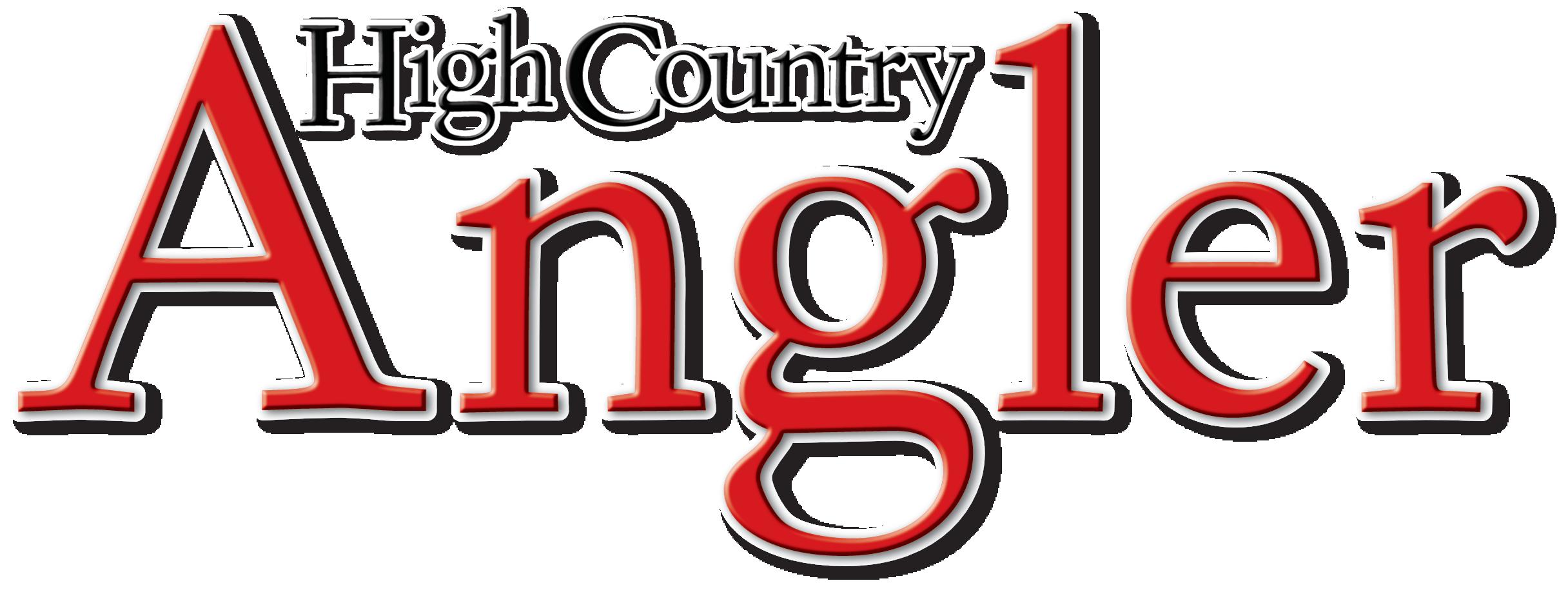
CONEJOS RIVER
BRIAN LA RUE
LANDON
MAYER
TROUT IN THE CLASSROOM
LEGISLATURE TO PROTECT WETLANDS AND WATER QUALITY-
INTRODUCING BARBARA LUNEAU AS COLORADO TU PRESIDENT
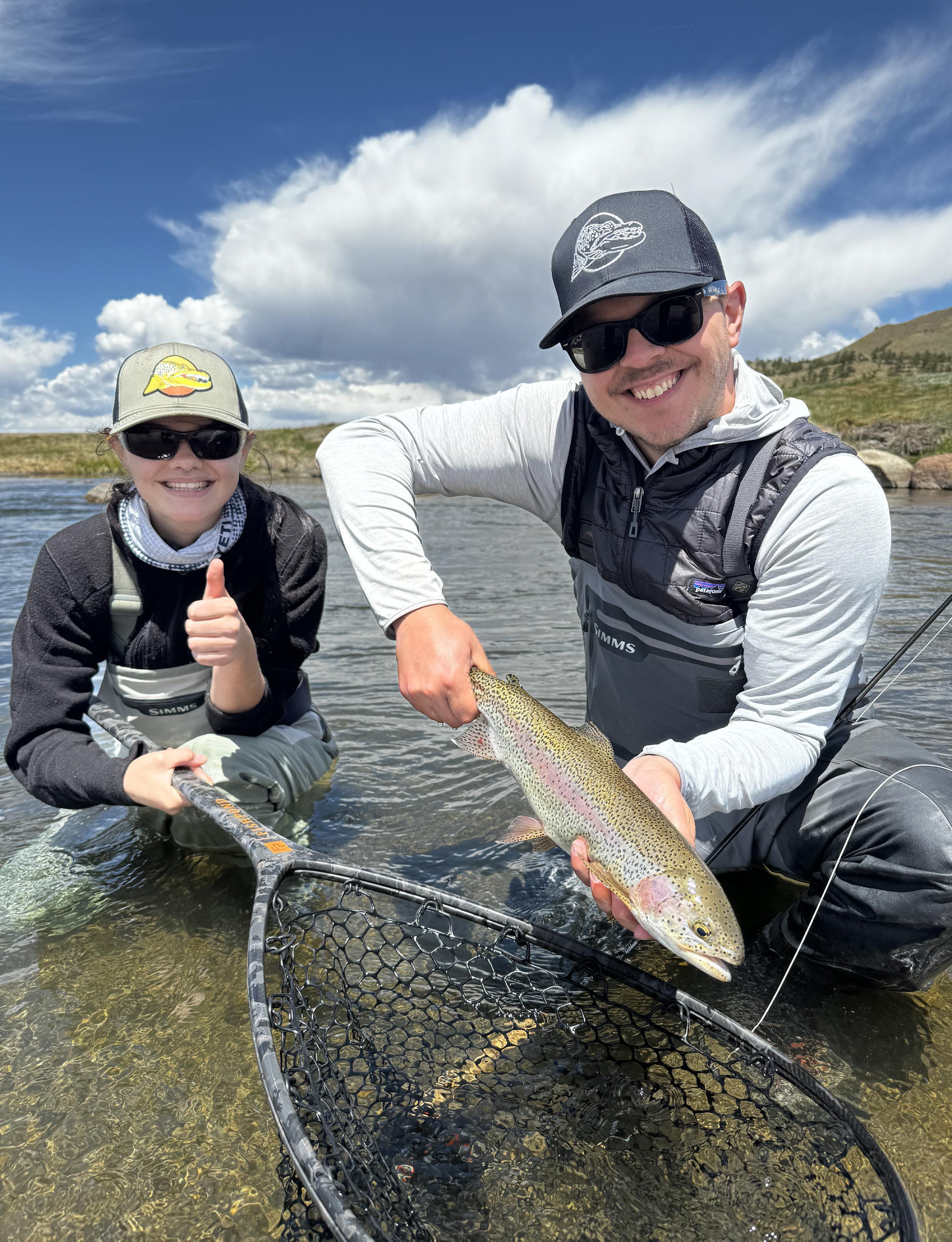
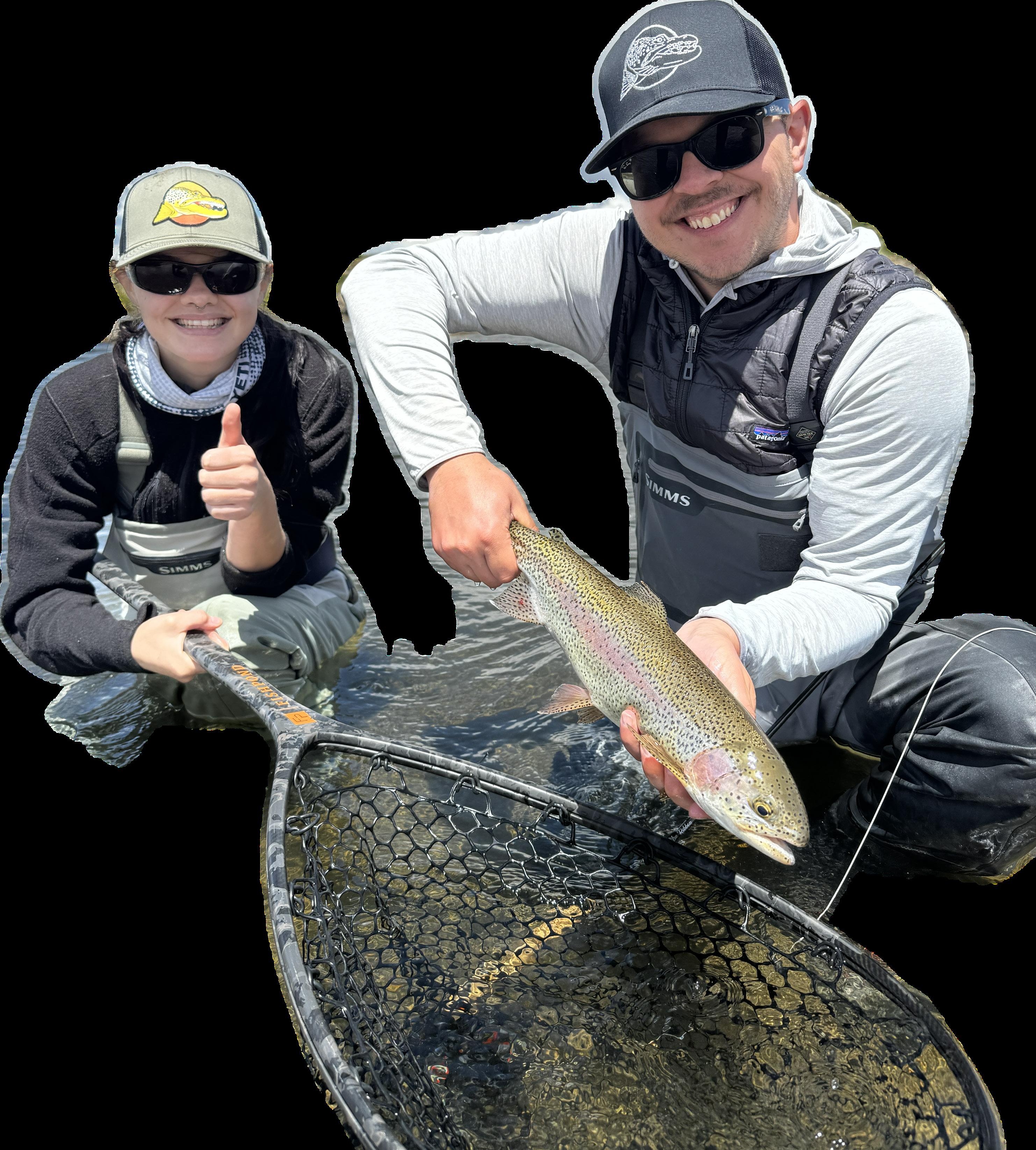
2024 summer
summer
2024 FISHING ON THE EDGE
-
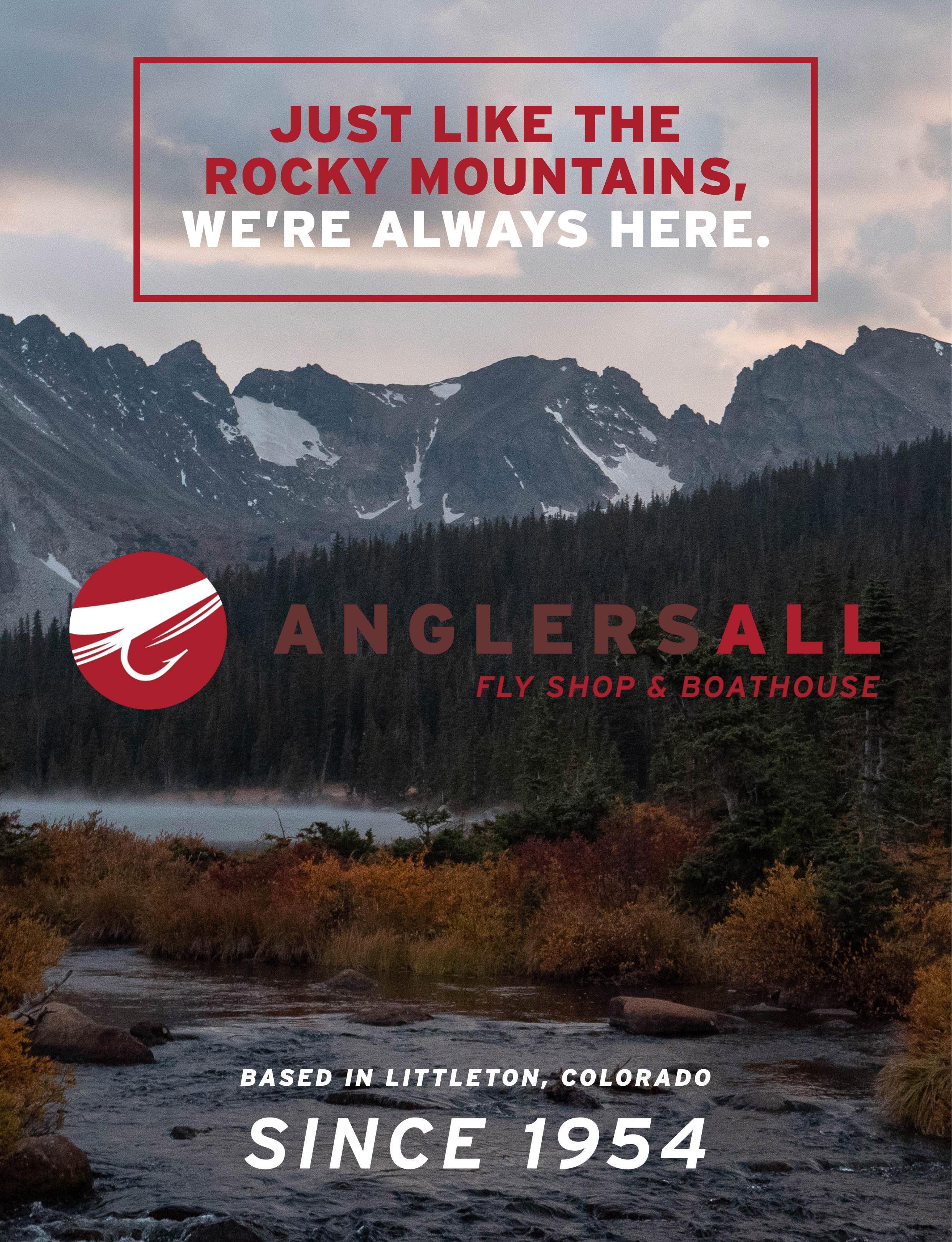
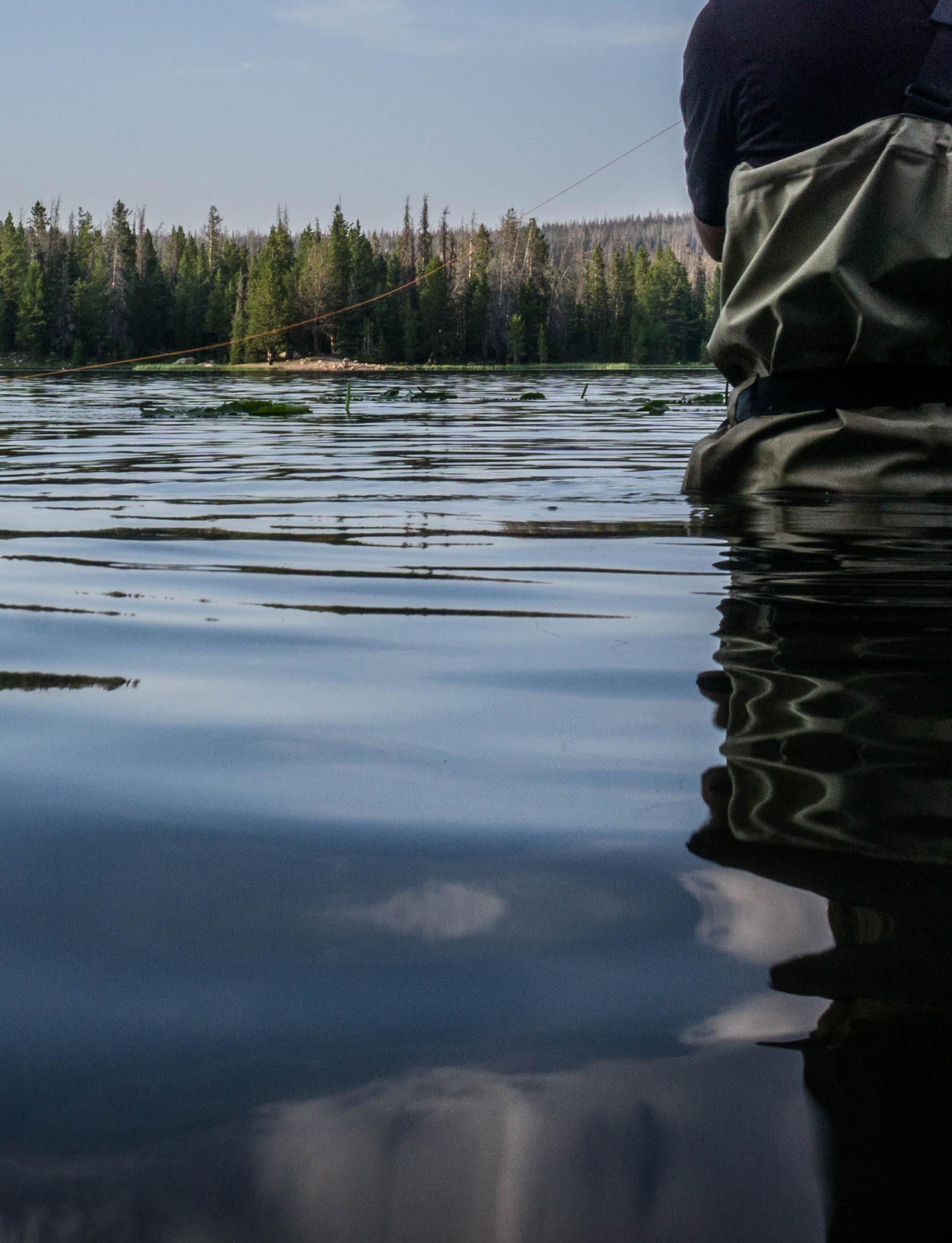
Spend your time fiddling with flies, not with software. We've been designing High Country Angler for over a decade. reimagine designs (816) 892-0810 david@reimaginedesigns.com Call or email us for a free estimate for all print and website design.

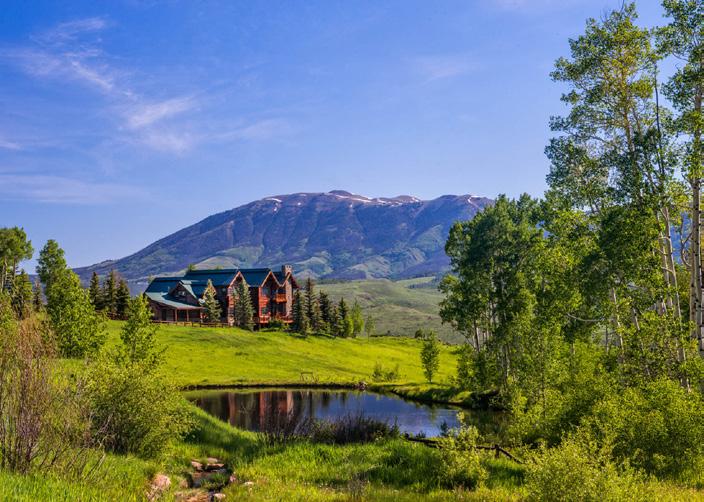
SILVERTHORNE, COLORADO
Minutes from Silverthorne, this 254± acre ranch offers stunning mountain viewsheds, extraordinary lodges, equestrian facilities, and recreational amenities, including trout ponds and three creeks – all bordering national forest.
$26,000,000
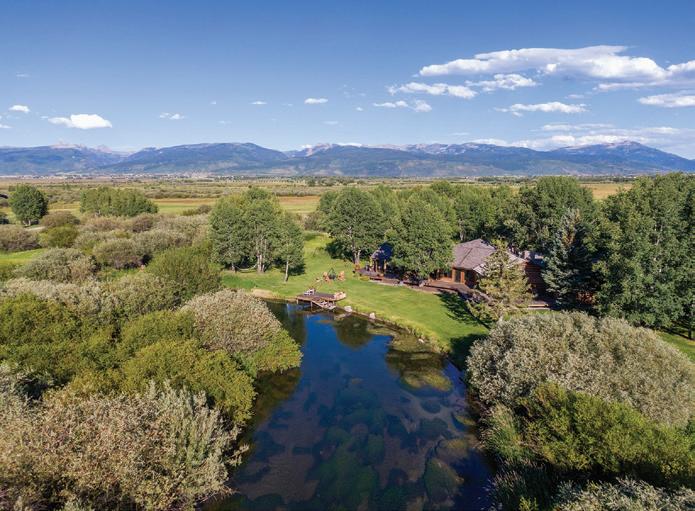
WILLOWBEND RETREAT VICTOR, IDAHO
Located in Idaho’s Teton Valley, this 12.2± acre executive’s ranch has Teton River frontage, a custombuilt owner’s home, a guest house, manicured lawns and gardens, big mountain views, and pastures fenced for horses.
$6,995,000
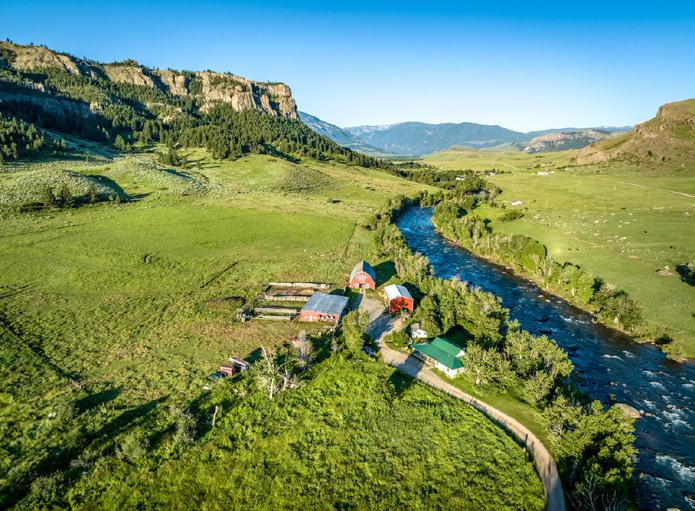

Breathtaking Beartooth Front ranch, 20 miles west of Absarokee. With 10,700± acres (8,880± deeded), this riverside ranch boasts troutrich Stillwater River access and stunning canyons bordering USFS. Comfortable improvements.
$21,500,000
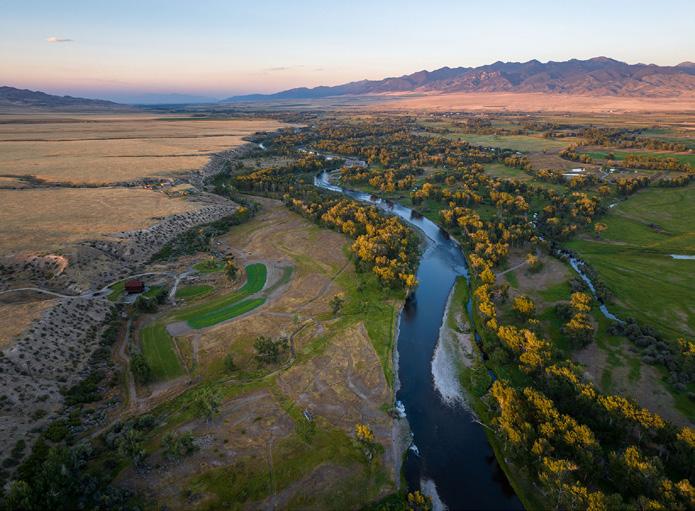
CROW’S FOOT ON THE BIG HOLE TWIN BRIDGES, MONTANA
141± acre riparian ranch includes one mile of Big Hole River frontage, irrigated food plot, custom-built 3,250± square foot residence, and 832± square foot cabin. Minutes from Twin Bridges and one hour from Bozeman.
$5,950,000
One of the premier sporting ranches in the Sun Valley area featuring 1,226± deeded acres and 2.5± miles of fabled Silver Creek with some of the largest trout in the system. Tasteful creekside home with three bedrooms.
$14,000,000
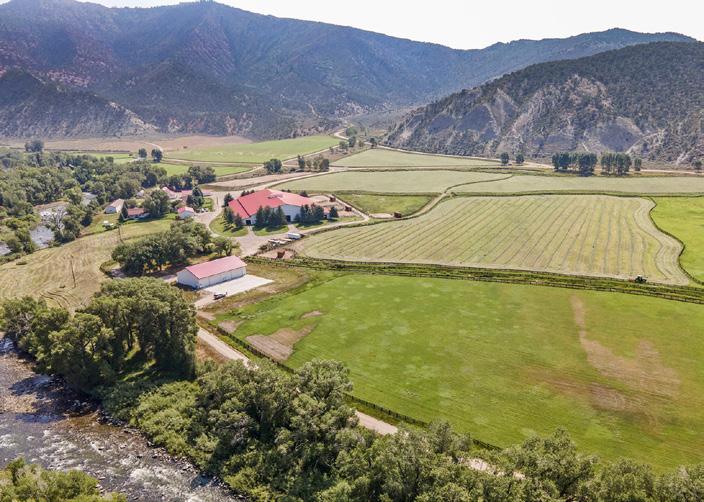
Anchored by 1,400± feet of frontage on the south bank of the Eagle River, this 37.55± deeded acre holding is a prime candidate for those seeking live water and private amenity access within close proximity to Vail and Beaver Creek.
$1,500,000
EAGLE RIVER MEADOWS EAGLE, COLORADO
TRIPLE CREEK RANCH
RENEGADE RANCH SUN VALLEY, IDAHO
FLYING C RANCH NYE, MONTANA
SALES | AUCTIONS | FINANCE | APPRAISALS | MANAGEMENT WWW.HALLANDHALL.COM | INFO@HALLANDHALL.COM | 888.557.3090
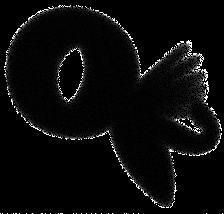





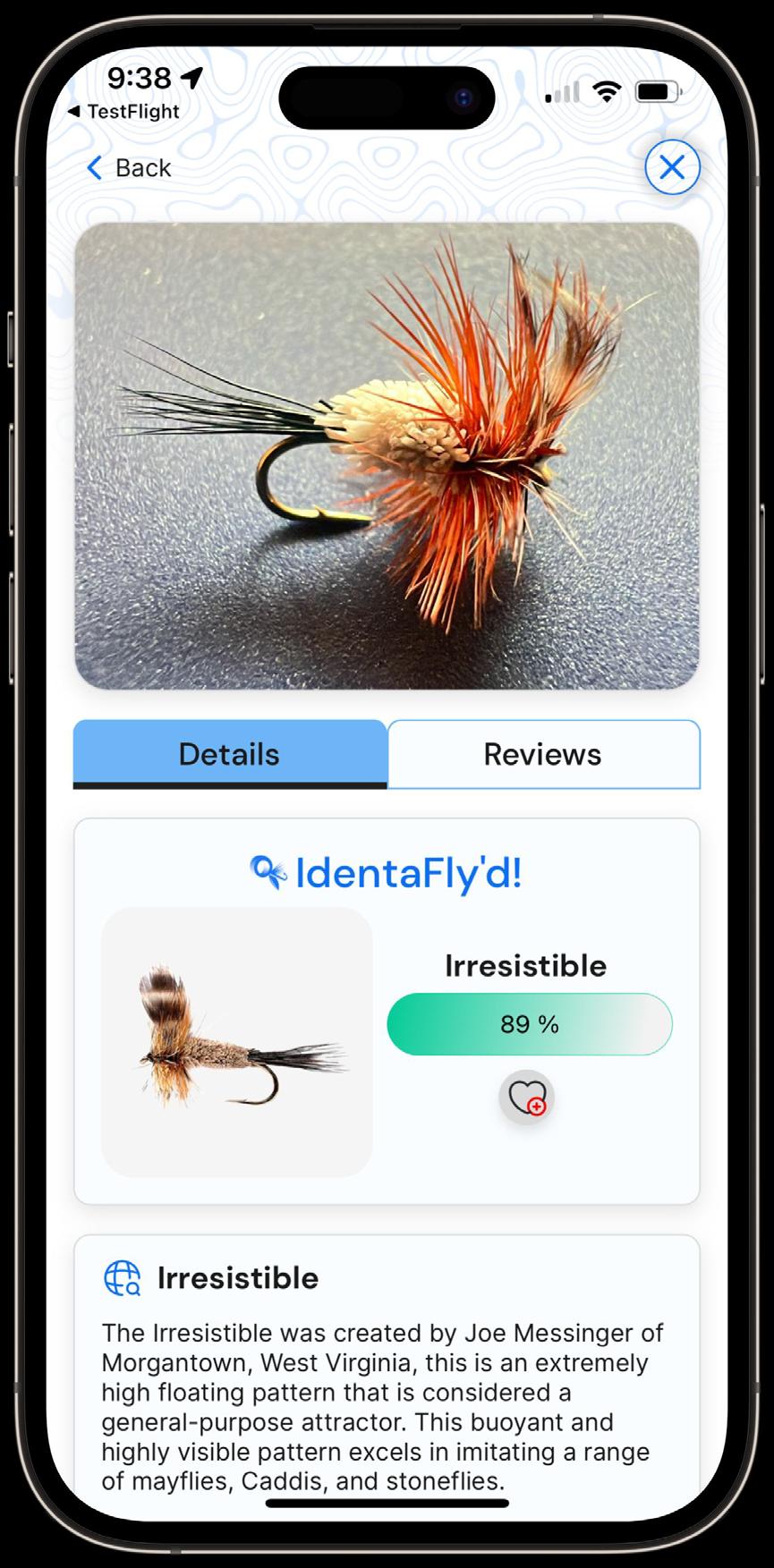



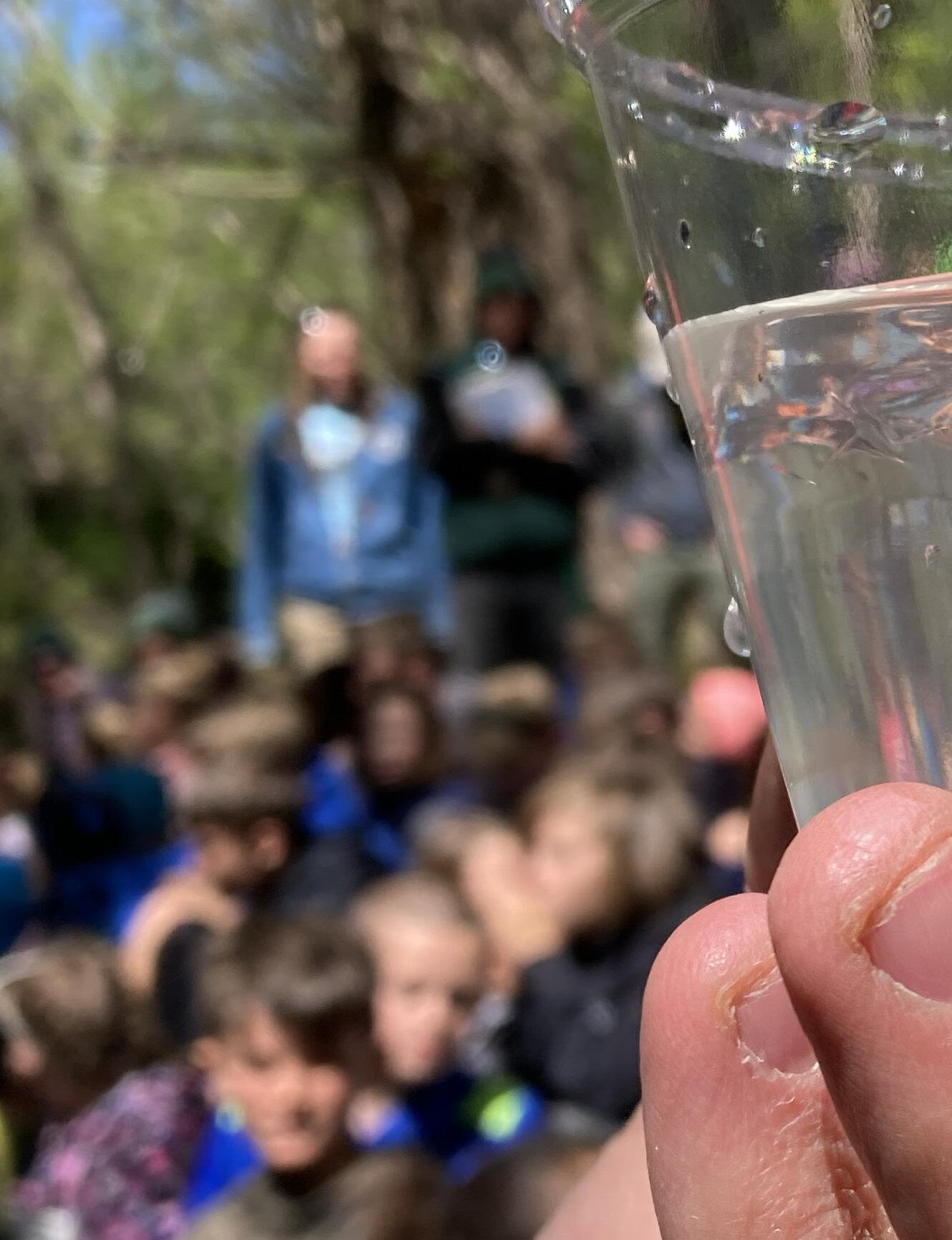
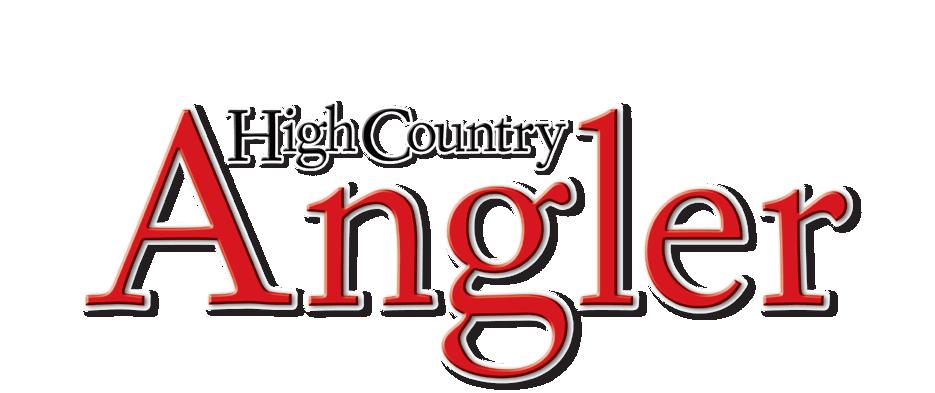
SUMMER 2024 VOLUME 21 • ISSUE 3 MAGAZINE CONTENTS 08 FISHING ON THE EDGE BY LANDON MAYER 14 CONEJOS RIVER BY BRIAN LA RUE 22 TROUT IN THE CLASSROOM BY COLORADO TU STAFF 32 PRESIDENT'S LINE BY BARBARA LUNEAU 34 THE GIFT OF SUMMER BY HAYDEN MELSOP 36 THE CRANE FLY BY PETER STITCHER 40 FIT TO BE TIED BY JOEL EVANS 42 PROTECTING WATERS AND WETLANDS BY COLORADO TU STAFF
PUBLISHERS
Jack Tallon & Frank Martin
CONTENT CONSULTANT
Landon Mayer
EDITORIAL
Frank Martin, Managing Editor frank@hcamagazine.com
Landon Mayer, Editorial Consultant
Ruthie Martin, Editor
ADVERTISING
Brian La Rue, Sales & Marketing brian@hcamagazine.com Direct: ( 303) 502-4019
Mark Shulman, Ad Sales Cell: (303) 668-2591
mark@hcamagazine.com
DESIGN
David Martin, Creative Director & Graphic Designer
PHOTOGRAPHY
Frank Martin, Landon Mayer, Brian LaRue, Angus Drummond
STAFF WRITERS
Frank Martin, Landon Mayer, Brian LaRue, Joel Evans, David Nickum, John Nickum, Peter Stitcher
Copyright 2017, High Country Angler, a division of High Country Publications, LLC. All rights reserved. Reprinting of any content or photos without expressed written consent of publisher is prohibited. Published four (4) times per year.
To add your shop or business to our distribution list, contact Frank Martin at frank@hcamagazine.com.
Distributed by High Country Publications, LLC 730 Popes Valley Drive Colorado Springs, Colorado 80919 FAX 719-593-0040
Published in cooperation with Colorado Trout Unlimited 1536 Wynkoop Street, Suite 320 Denver, CO 80202 www.coloradotu.org


HCA Staff ON THE COVER: MADELYN MAYER AND ADAM HORTENBERRY
FISHING ON

ON THE EDGE
by Landon Mayer
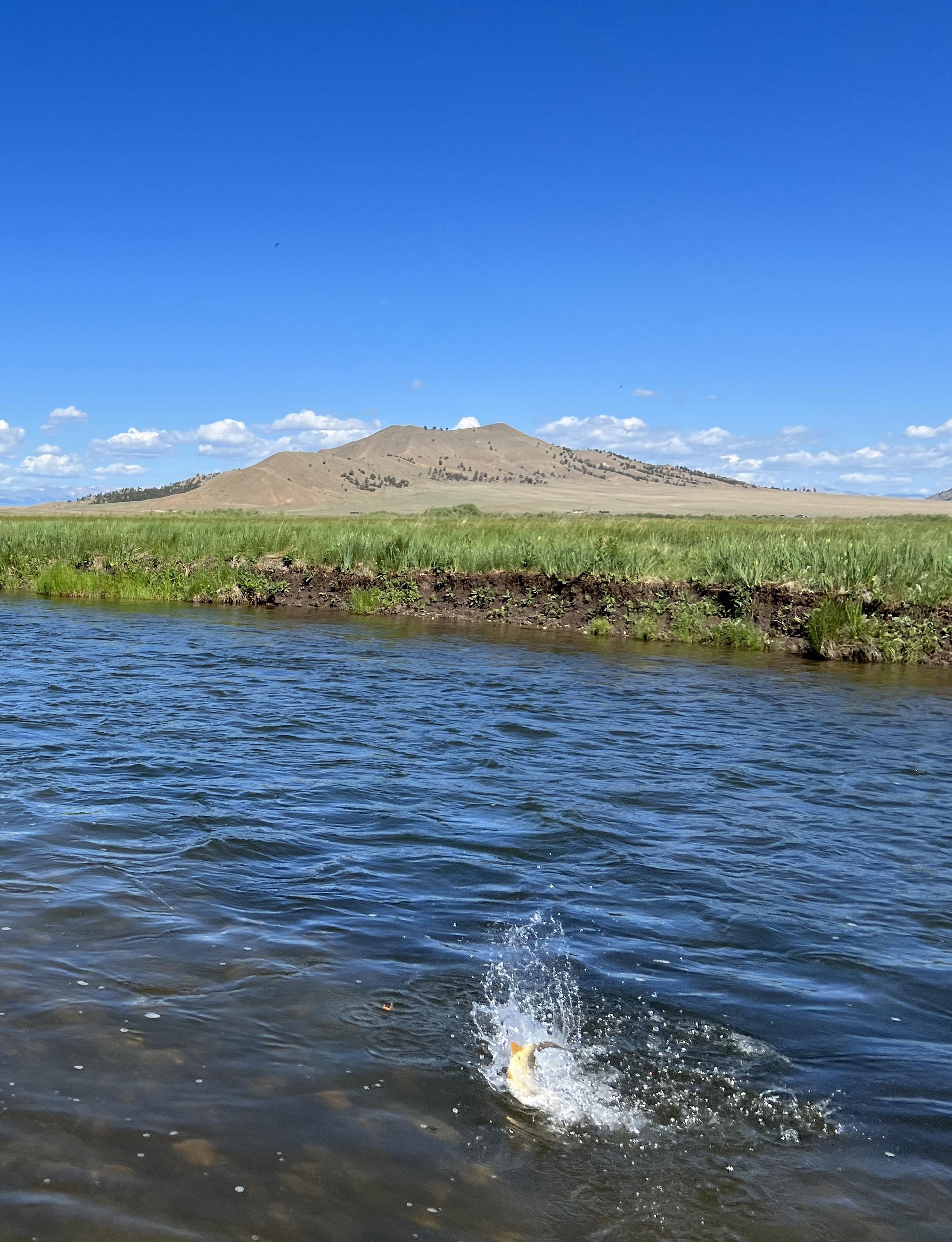
9
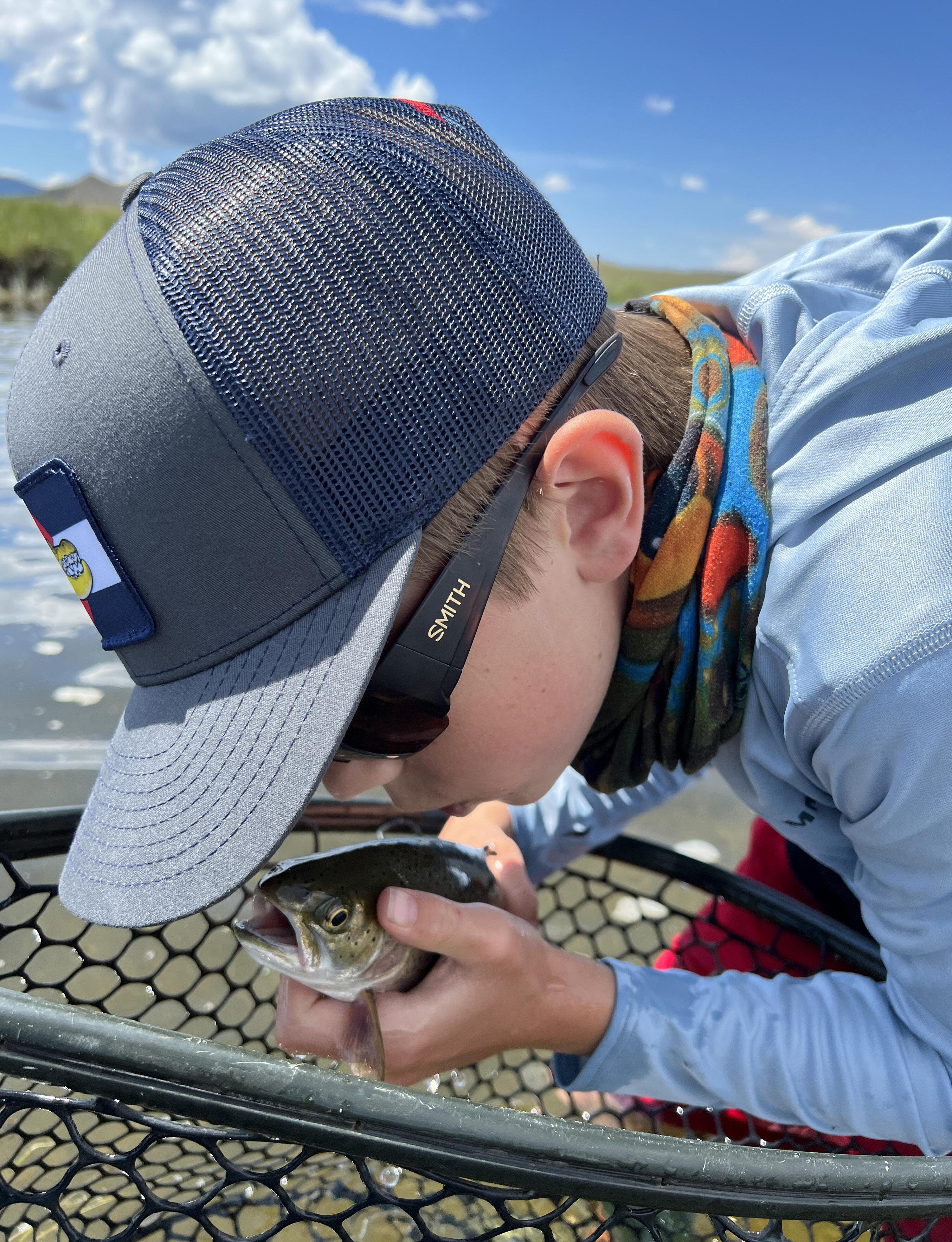
The most commonly overlooked area for fly fishing is the river’s edge. While the most predominant flow of water speed is in the main channel, the banks are flooded with slow moving, stained water, where trout can feed stress-free. While your first instinct might be to rig with heavy weight or weighted flies to get down to the trout, it is actually the opposite on the edge. As the river is off color, fish can hold without being detected in water as shallow as 18 inches.
With fish hugging the bank, you should avoid wading. In fact, during high flows, I start with a no wade policy on the water until I have thoroughly covered all the banks, always casting upstream from below the trout. This will give you more accuracy with each cast, and provide a better set when the fish takes the fly.
The most frustrating act of fishing this shallow environment is in preventing the snags that are inherent to nymph or streamer rigs. The most productive set up is a dry dropper rig for nymphs and dries, or un-weighted streamers (rigging will be covered in detail below). These two techniques allow you to cover all three disciplines, while controlling your depth,
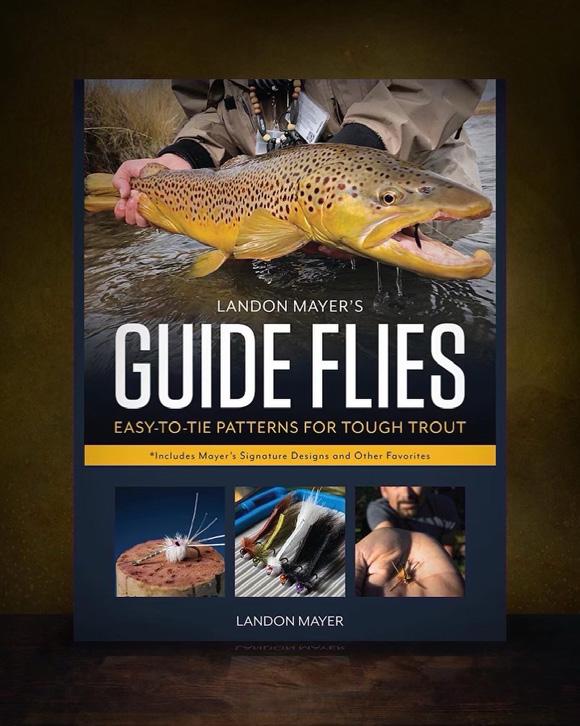
whether by wading or fishing to the edge from a boat.
SEEING STRUCTURE BREAKS
Structure, as with lower flow, is still an ideal location for trout to hold because they are supplied great cover and feeding seams where the water breaks around the structure. While it is easier to see in low water, the rock or log jam can completely disappear in high and dirty water. To locate the structure, look for a calm window of water on the rivers surface. Below this is the point where the water breaks, causing a soft section of water (or window) from above.
One of the biggest challenges when fishing structure, is getting close enough to the soft-flowing water to get an effective drift. To increase your reach or distance, try using a ten foot rod, and safely wade as close as possible to your target. When sight fishing is difficult or impossible, the “target” becomes the suitable water where the fish holds near the structure, not the trout. The best way to approach wading a heavy current is not to move upstream or against the current, but to start upstream and wade at a 45-degree angle to

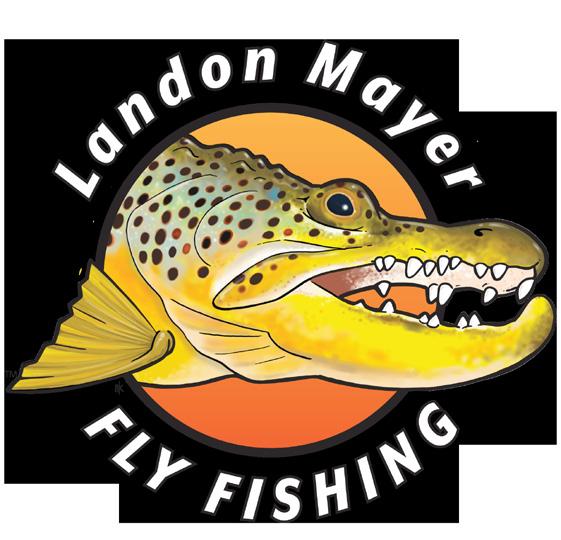
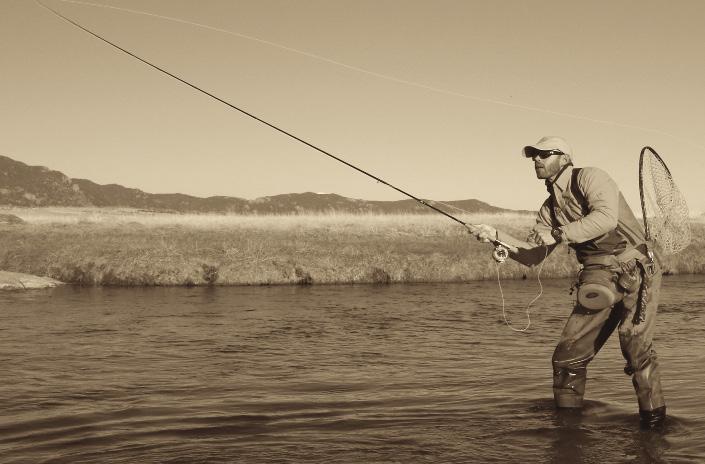
www.HCAezine.com Summer 2024 • High Country Angler 11 WWW.LANDONMAYERFLYFISHING.COM NEW VIDEO! Order Your Copy Today!

suitable standing water near the area. This allows the current to pull your leg with each step, preventing you from becoming off balance and creating disturbances that spook trout.
With this incredible force of water moving the natural food source as well as your imitations, you want to use anchor fly nymphing systems, where the main supply of weight is the bottom fly, or shot at the bottom of your rig. This can be achieved with your rod tip moving parallel to your flies and leader in a Czech style, or tension nymphing, method that will allow you to effectively drift at an extreme depth, even if the length of your presentation is only five to ten feet long.
EYE ON THE EDDIES:
When fishing along river banks, don’t forget to look for river eddies. Especially when the water is high and dirty. As the water levels rise, locations on the river where there is a severe curve in the bank begin to swell, causing a slow back current. It is the resulting eddy that provides the best break, as trout can feed while not expending the energy required to fight the river’s main channel.
It is also common for these areas to fill up with foam from the ragging currents. Foam is home to some of the largest trout in the river, because it provides the ultimate cover. Depending on which side of
the river you are on, the eddy will be moving in a clock wise or counter clockwise direction, opposite the direction of the current. This will force the trout to hold facing downstream, not up.
When you deliver the fly or flies, you want to skate your rig into the eddies’ current using a high rod position to prevent the back current from dragging the imitation out of the trout’s feeding lane. Using a strike indicator or large dry fly as a suspending tool will help you navigate your fly into position, and prevent the leader from skating through the run past the target.
SLIDING UP SIDE CHANNELS
One of my favorite areas to target in high flows are side channels. These normally dry locations become holding areas when the water is high, and they provide a comfortable current for the trout, allowing them to feed and not battle the main current. Two areas to target in these locations are the head of a riffle, or drop off point, and up against undercut banks.
Similar to fishing on the edge, these side channels will hold enough water for the trout to feed, but they will also have numerous shallow spots, making a dry dropper rig ideal. Before you begin fishing, take the time to look for trout. Clearer water makes for great sight fishing opportunities.
And don’t forget to cross the river and fish from both banks when you get the chance. Use high banks for viewing and low banks for fishing. This will prevent trout from detecting you as you wade.
I hope these tips bring you success this summer, and don’t forget always look before you step! The next trout of a lifetime could be hiding along the edge of your favorite local waters!
About Landon
Landon Mayer is a veteran Colorado guide and author of several books. His newest book, Guide Flies: Easy-to-Tie Patterns for Tough Trout, can be purchased on his website at www.landonmayerflyfishing.com. You can follow Landon on Instagram at @landonmayerflyfishing.
High Country Angler • Summer 2024 www.HCAezine.com 12

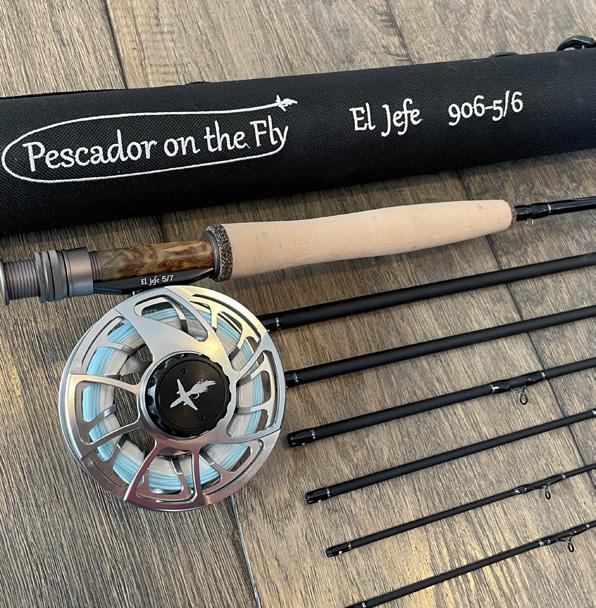

We are a huge supporter of Trout Unlimited, and proudly send around 10% of our sales to our partners at TU.
El Jefe Series Packable Fly Rods
Pescador on the Fly is a small, familyowned business. We keep our overhead low to pass on big savings to anglers all over the world. The El Jefe Series uses highperformance components, available from 0-10 weight and in 4- or 6-section rods.
“El Jefe is The Boss of Packable Fly Rods”. Fly Fisherman Magazine Gear Review
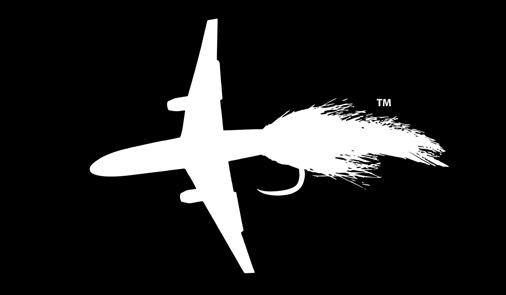
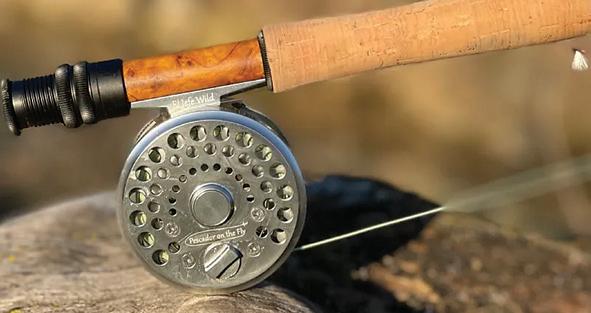

www.HCAezine.com Summer 2024 • High Country Angler 13 pescadoronthefly.com
Market.
the Fly
The Best Packable Fly Rod Combos on the
Pescador on
FREE Bonus Gear Pack
Last. A
Value!
with All El Jefe Combo Purchases While Supplies
&185+
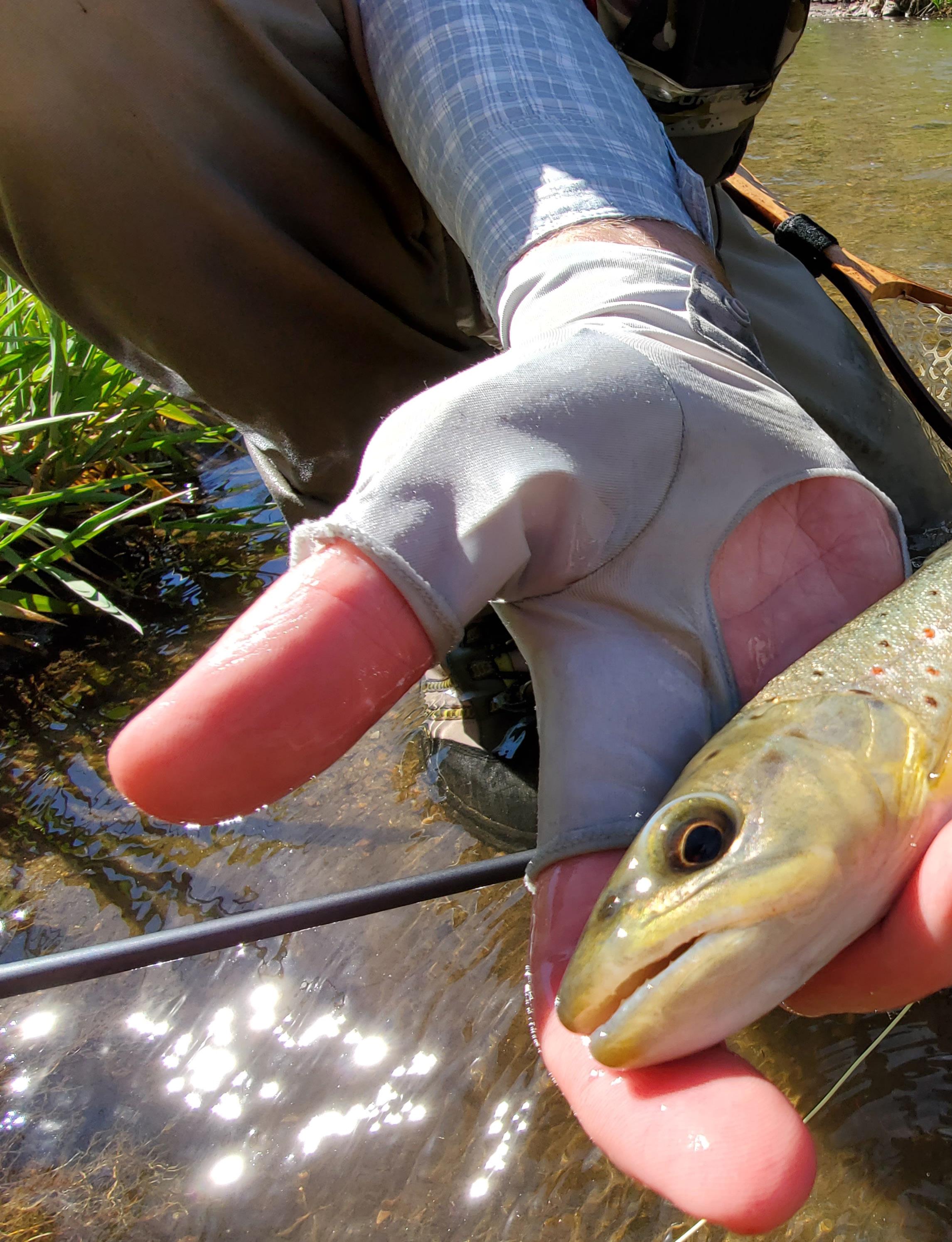
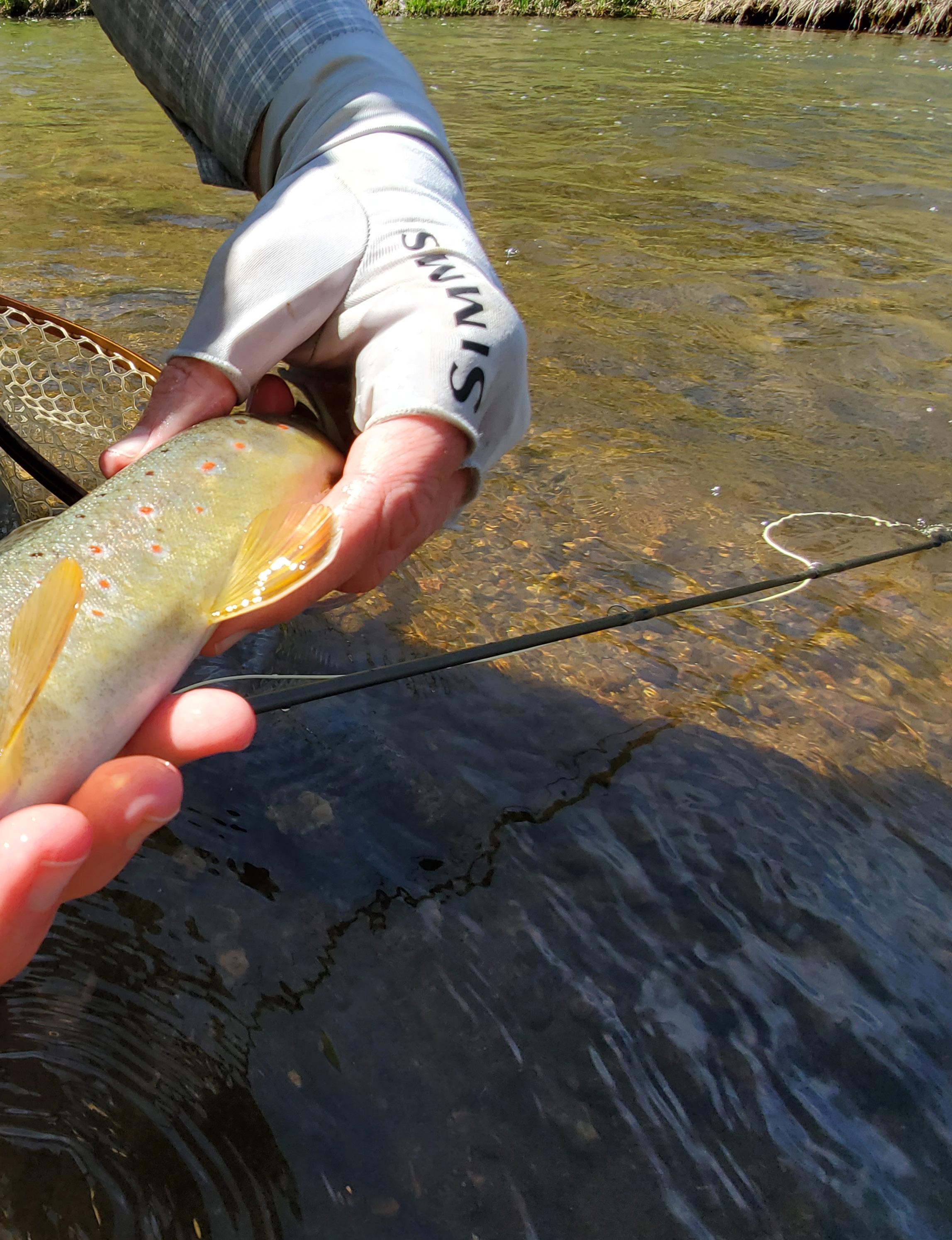
CONEJOS RIVER: HOP, FISH, HOP!
by Brian La Rue
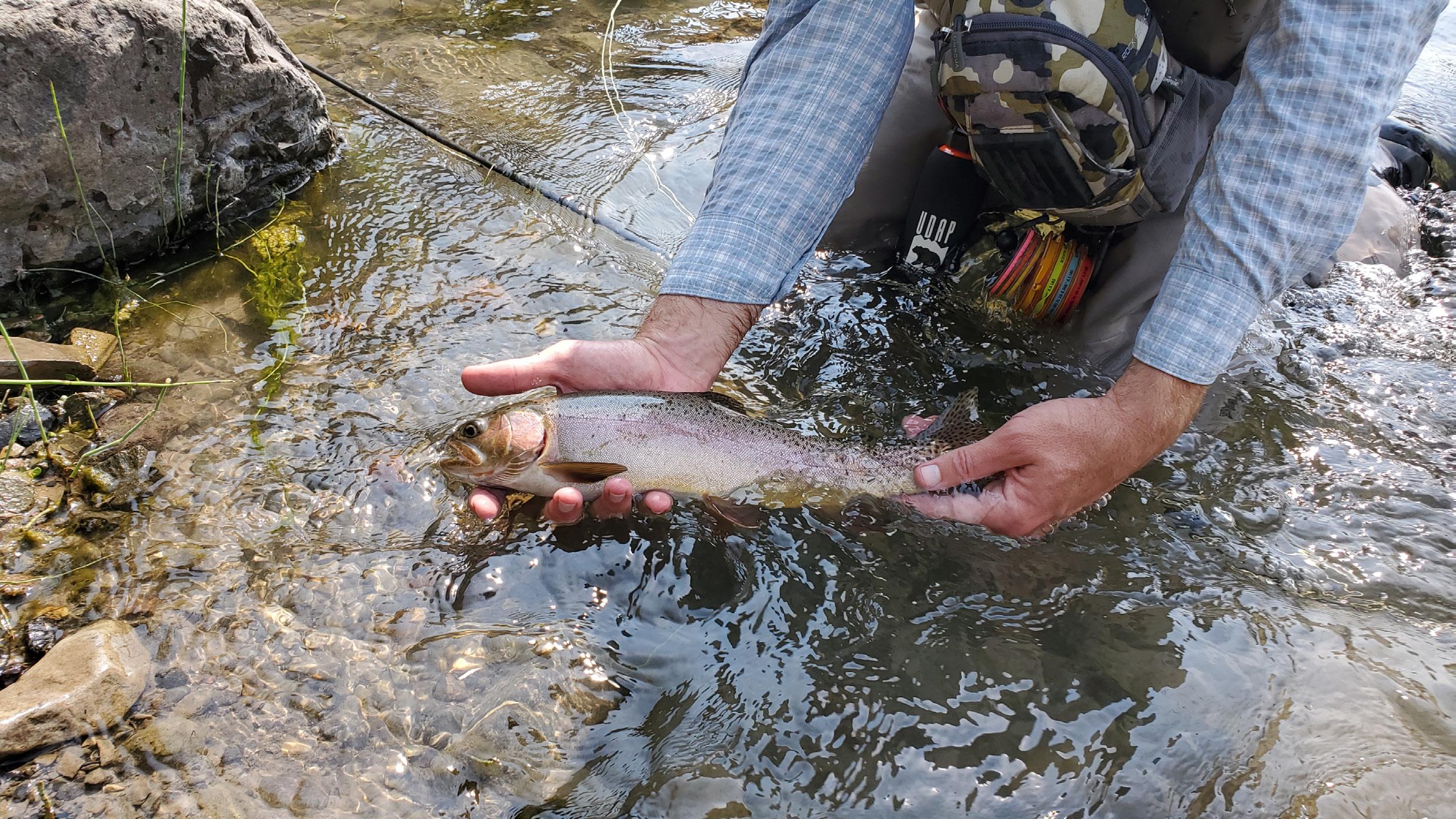
There’s something special about the Southcentral reaches of Colorado. Given the distance from the I-25 corridor, you can always count on more elbow room on the waters that flow there. Anglers fishing this region often focus on the Animas, Rio Grande or even jump across state lines for a shot at the San Juan, but if they try their luck on the Conejos—by “they” I mean you—you might be pleasantly surprised.
The Conejos is known as a wide, shallow and often turbulent river that rafters enjoy, but if you time the season right after runoff and are willing to hop from pullout to pullout, or even chase the river and fish different sections, miles away from the last bend, you’ll not only understand the river’s name, but get into a lot of fish and less people to boot.
The Conejos River is part of the Rio Grande system, flowing some 92+ miles. The river starts near the New Mexico border, near the town of the same name, gaining volume from the San Juans. Yes, there is private water with ranches, lodges and vacation homes along its length, but I think you’re going to like it!
Some of the best water can be found in the upper reaches before it flows into Platoro Reservoir, then again along the Lake Fork of the Conejos, the
area from Saddle to South Fork, and then there’s a little bit of fun water to be had from South Fork to Menkhaven Ranch.
What I like to do before fishing a river is hit Google maps, use satellite view or even use Google Earth to scope it out. These satellite photos will not tell you about public or private water, but will give you a bird’s eye view of the river where you can scan for softer water and get an idea of trailheads and Forest Service roads that parallel the river for a good length.
Check out Forest Road 250 and Forest Road 105 with all the “dispersed” camping areas, obvious pull outs and trailheads etc. Given all those visible landmarks and facts, that tells you that the river in those areas is probably fair game and that there are fewer private areas to keep you from the water. But always respect any private property/trespassing signs of course.
These upper stretches are freestone water, so they will be susceptible to runoff through at least Father’s Day maybe even into July. So, plan a late June, maybe even a July to August outing. Stock up with flies like midges, mayflies and caddis, but don’t forget attractors and stoneflies, like golden stones and salmon flies. Yellow, brown and black are the top choices
High Country Angler • Summer 2024 www.HCAezine.com 16
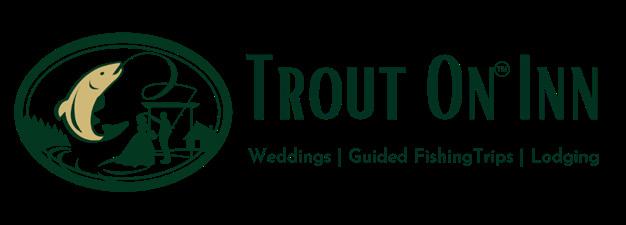

www.HCAezine.com Summer 2024 • High Country Angler 17 Create Memories That Last a Lifetime On the North Platte River www.troutoninn.com Outdoor Wedding Venue, Guided Fishing Trips, Blue Ribbon Fishing, Drift Boat Rentals, Lodging, Shuttle Service, and so much more! Trout On™ Inn 18193 State Highway 220 Casper, WY 82604 (307) 462-1917
As the season pushes on, the stoneflies and attractors continue to impress, but then the hopper of course get rolling. Late July through early October, the fishing can be sensational. Smaller size 8-12 hoppers will work best. I’m not a huge fan of size 4-6 bigger foam hoppers, often doing most of my damage with older hackle style Joe’s, Dave’s, parachute styles, but the smaller foam patterns like Umpqua’s Baby Boy Hopper, Mimic Hopper (https://www.umpqua. com/mimic-hopper/), or the Missing Link Honey Ant (https://www.umpqua.com/missing-link-honey-ant/) will work well. The BC Dropper Hopper is also a top choice for hopper-dropper setups (https:// www.umpqua.com/b-c-dropper-hopper/).
The Conejos characteristics in the upper stretch are very much made for a dry-dropper rig until enough fish are hitting the surface bugs. This is one of the streams if you want to throw big dries and hoppers. Your best bet is to sleep in, have a nice breakfast and start fishing around 9:30 AM. Otherwise, before the sun hits the water, stick to nymphing or dry dropper rigs until you see a few heads or takes
on the dries.
Most of the fish in the Conejos are rainbow, brown, and cutthroat trout. As you move down the river, the cutthroat numbers are slowly replaced with some very respectable browns. The fish on average run 8 to 18 inches with some streamer-eating browns pushing 22 to 24 inches if you fish the tailwater sections further down river.
There are also a handful of small ponds and lakes along the Conejos and those Forest Service roads. It reminds me of the East River/Almont area, where you have less crowds than the Gunnison near town, but just a mile off the beaten path and you will rarely see another angler. Those smaller creeks and waters along the way typically have risers just calling your name.
Well, that’s the Conejos with the Upper Stretch highlighted. The tailwater is a little more self-explanatory, but the upper stretch leaves a little more to the imagination. So, get out and explore—don’t forget that Google Satellite view, so you can choose the best unnamed road off the FSR that might just lead to the next best spot. And don’t be afraid to act like
$875,000
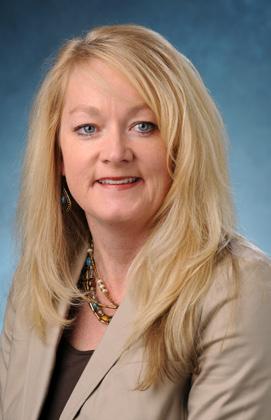


High Country Angler • Summer 2024 www.HCAezine.com 18 here.
137
Jefferson, CO 80456
Outlaw Court
A Spectacular Mountain Retreat, with UNPARALLELED VIEWS! 3 Bedrooms, 3 Baths, 2,321 Square Feet 2 Acres Overlooking Tarryall Mountain 1.5 hours from Denver and Colorado Springs Amy Metz Coldwell Banker Realty Amy.metz@cbrealty.com 720-272-7337 Mobile 303-235-0400 Office HOA includes exclusive membership in the Tarryall Fishing Club and private access to more than 10 miles on the freestone Tarryall River, just minutes away!
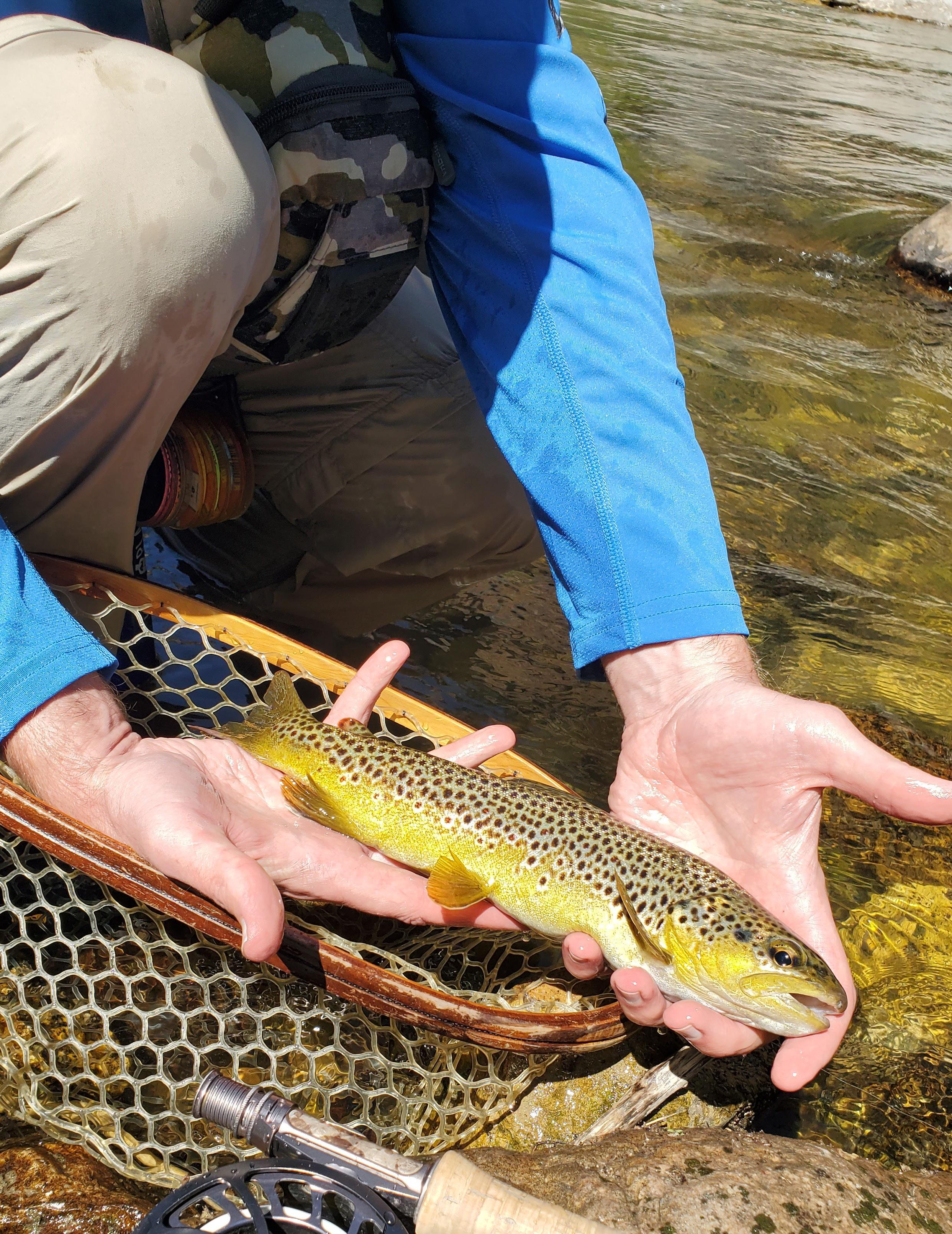

a rabbit—hop around and make a day of it!
If you own a lodge, cabins, fly shop or a guide business, we are always looking for new spots or places to experience. Reach out to me at Brian@HCAmagazine.com to talk about a destination story, or about your business/water for a future issue!
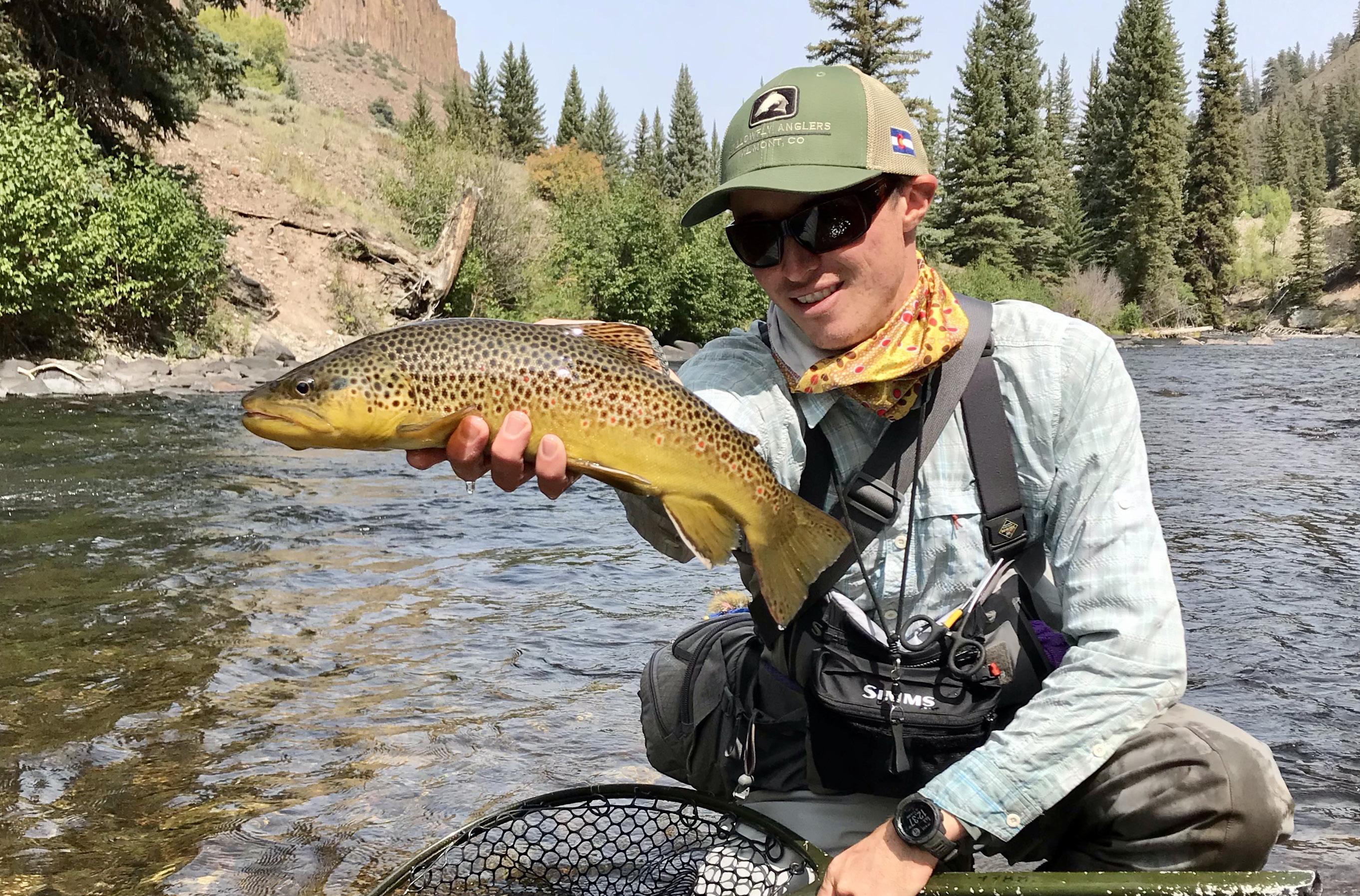


High Country Angler • Summer 2024 www.HCAezine.com 20
Willowfly Anglers Guide Service at Three Rivers Resort 970-641-1303 www.3riversresort.com
35+ years experience on Colorado’s best rivers • Gunnison River – Taylor River – East River • Private Lease Fishing for the ultimate experience
Beautiful Cabins, Vacation Homes & Lodge Rooms
Summer Seasonal BBQ Restaurant
Complete Fly Shop,General Store & Activities Desk cabins, lodge rooms and vacation homes time restaurant Colorado Outfitting Lic. #389. Colorado River Lic. #D0092 About
High Country Angler contributor Brian La Rue enjoys giving fly fishers ideas of where to go for an adventure.
free
reach out to Brian at Brian@hcamagazine.com
you want your lodge or guide service featured in an upcoming promotional marketing plan.
•
•
•
•
The Author
Feel
to
if
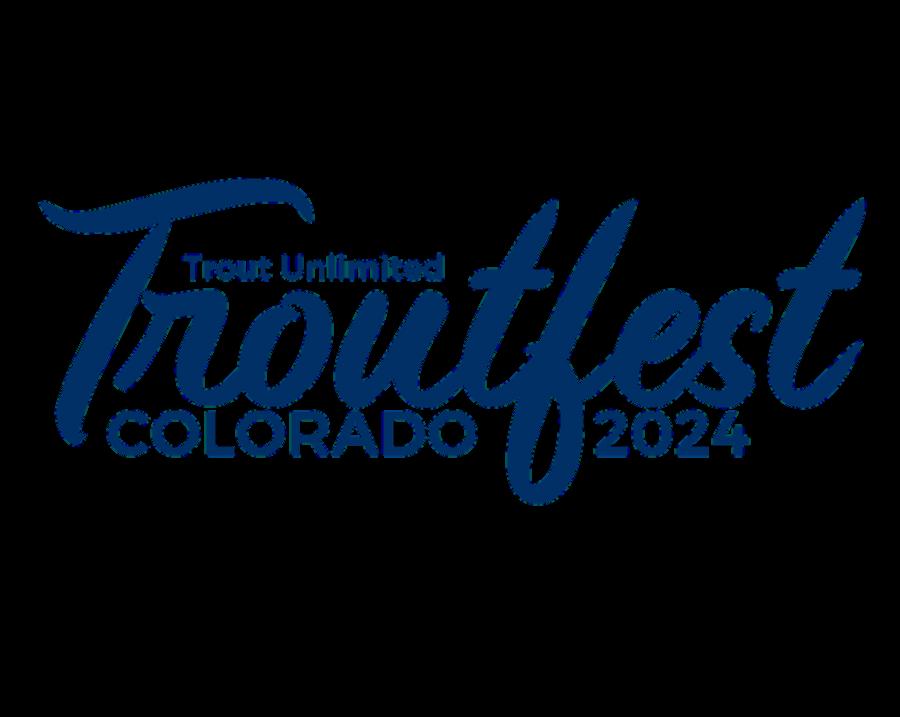
SATURDAY, JUNE 29TH SATURDAY, JUNE 29TH
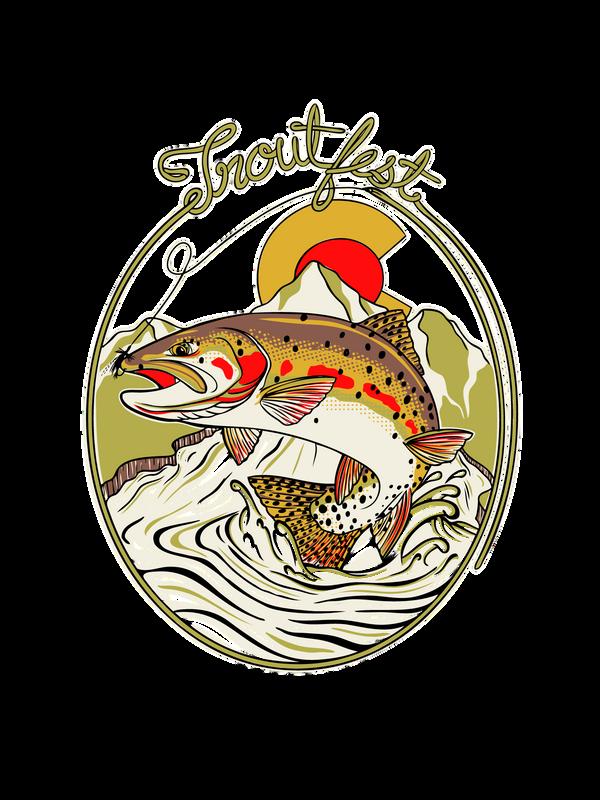

www.HCAezine.com Summer 2024 • High Country Angler 21 EXHIBITORS | MUSIC | FLY TYING | YOUTH ACTIVITIES | CASTING AREAS | FILMS ON THE SCOREBOARD | VIP SECTION | STADIUM TOURS | BALLPARK FOOD & BEVERAGES
TROUTFESTCOLORADO.COM FREE TO ATTEND! (WITH PRE-REGISTRATION) A DAY AT THE BALLPARK CELEBRATING COMMUNITY, CONSERVATION, AND EDUCATION A DAY AT THE BALLPARK CELEBRATING COMMUNITY, CONSERVATION, AND EDUCATION PRESENTED BY:
TrouT in The Classroom
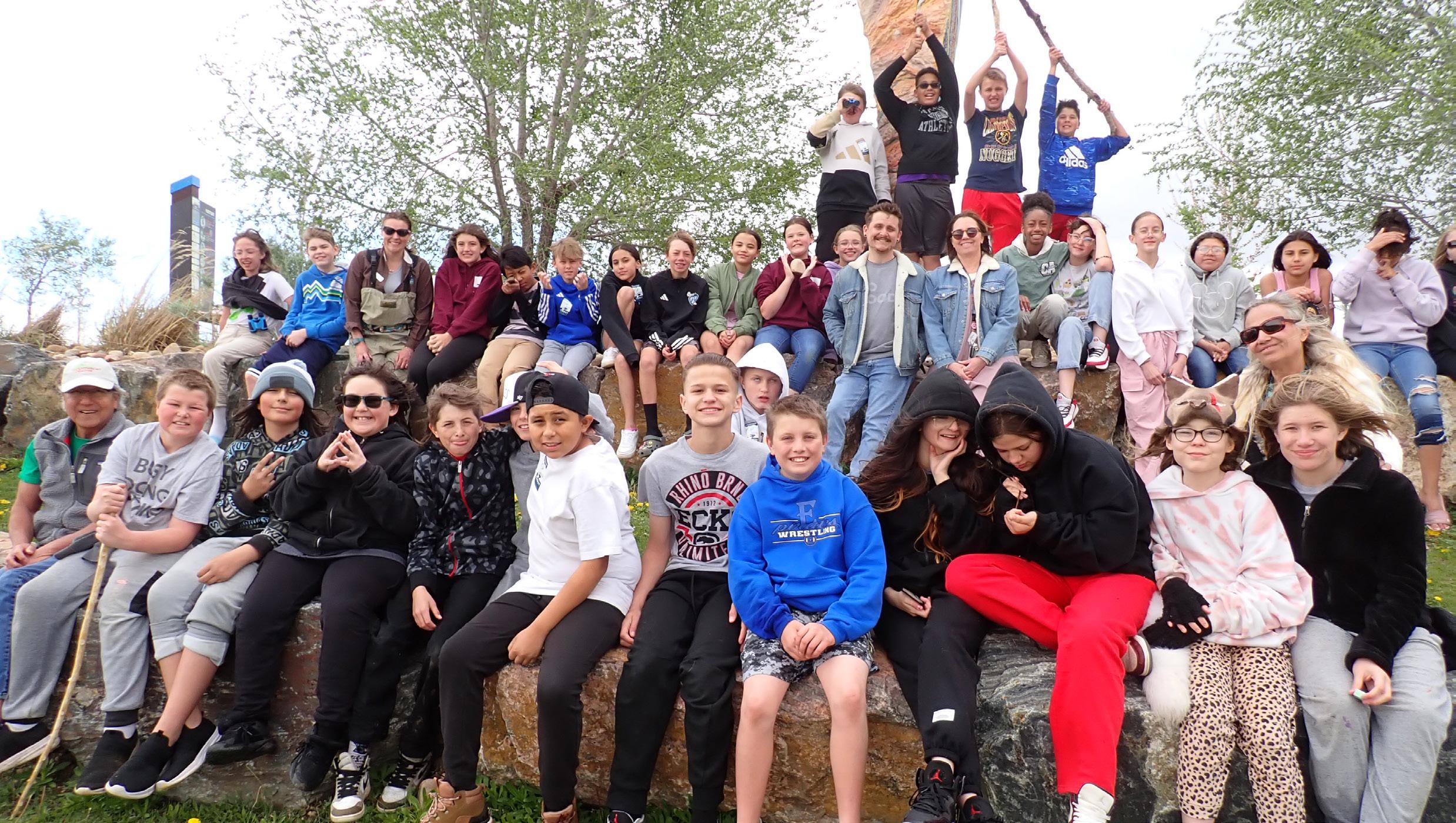
Troutin the Classroom (TIC) is about more than just stocking trout. The Colorado Trout Unlimited's Trout in the Classroom program connects students to their local watershed each year by allowing them to raise rainbow trout in their classroom, learn about their biology and lifecycle, and then release them into a local stream or river. Students also learn about river conservation, macroinvertebrates, stream health, tank maintenance, and Trout Unlimited.
This year we released 3229 trout into Colorado watersheds, and over 7,000 students engaged in the program, as well as many more families, educators, and community members. We are looking forward to the 2024/25 TIC year and excited to create a more sustainable program by addition capacity, trainings, and support. We are currently seeking two part-time Regional TIC Coordinators. Click here to see our position postings.
If you would like to help the Trout in the Classroom Program grow, please reach out to Natalie Flowers, CTU Youth Education Coordinator, to learn about ways to help and sponsorship options.

23 by Natalie Flowers PhoTo essay
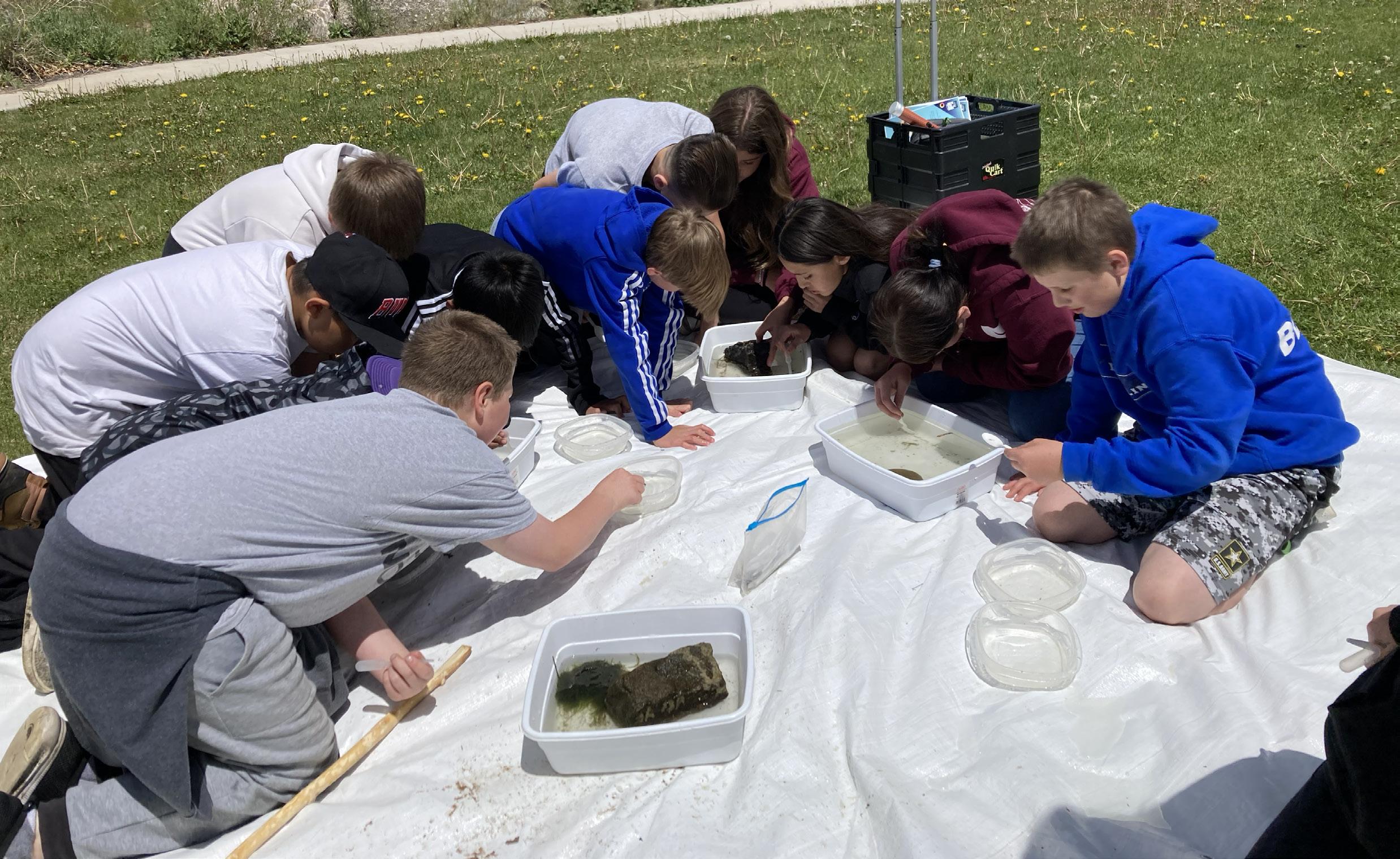
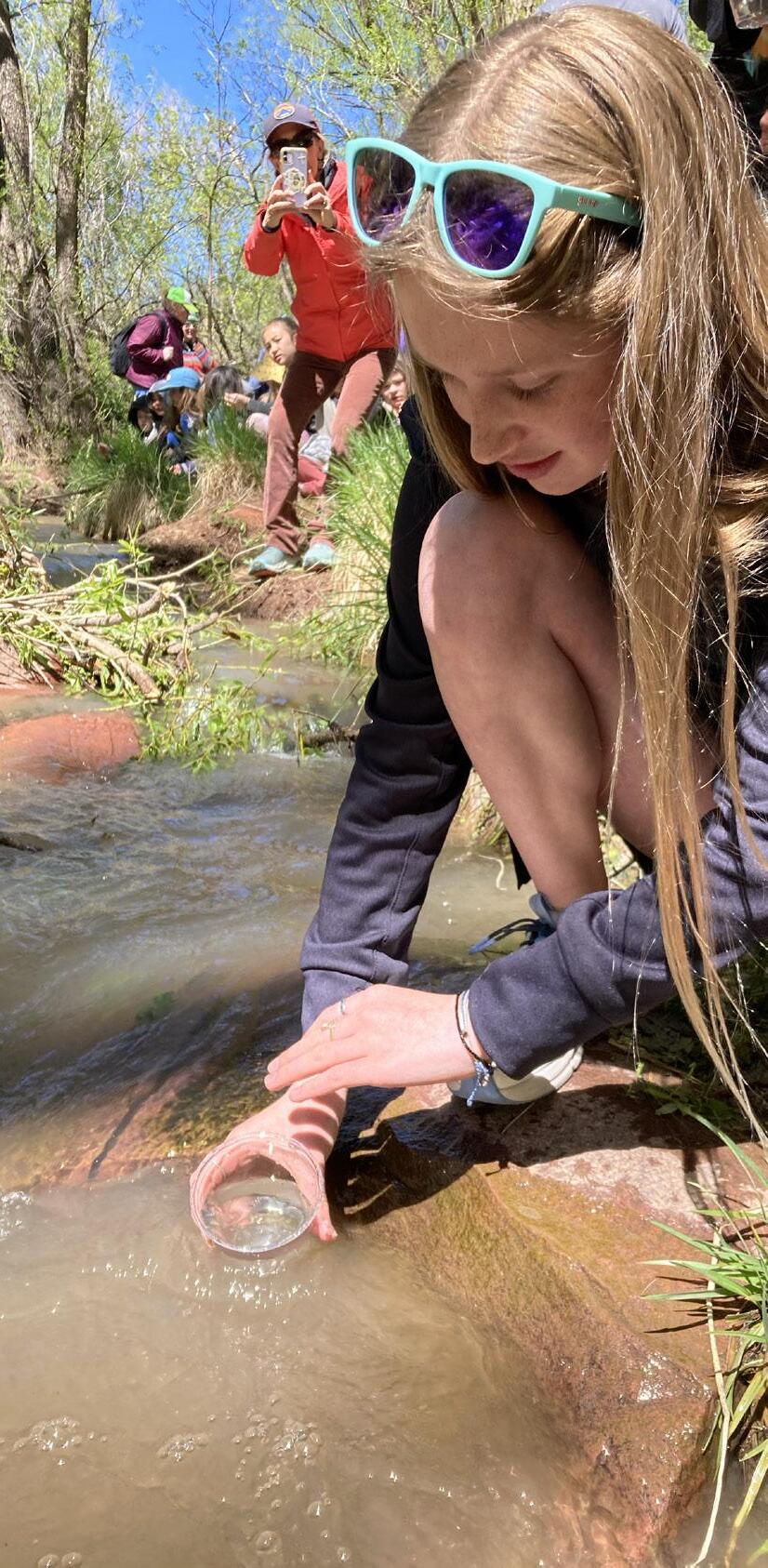
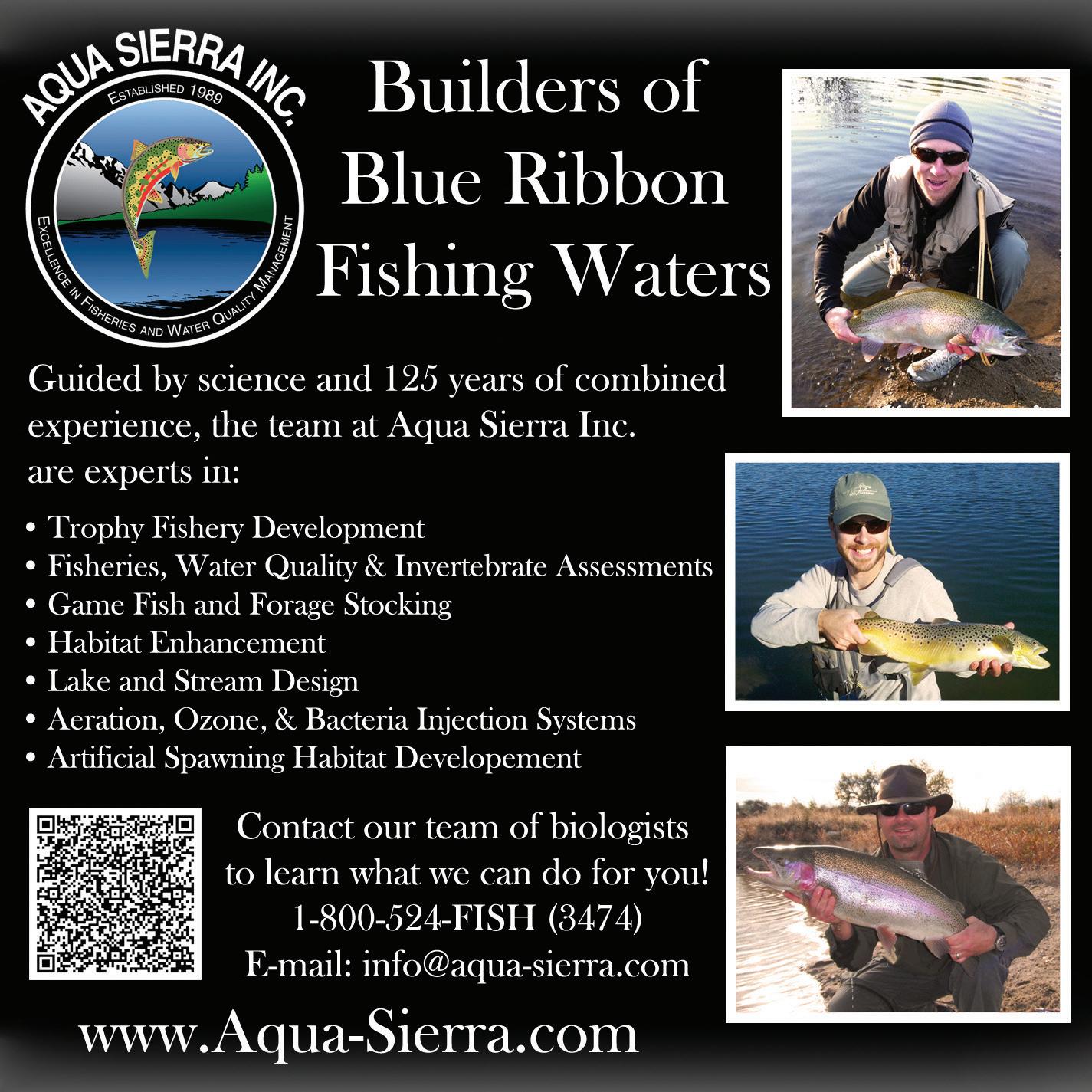
High Country Angler • Summer 2024 www.HCAezine.com
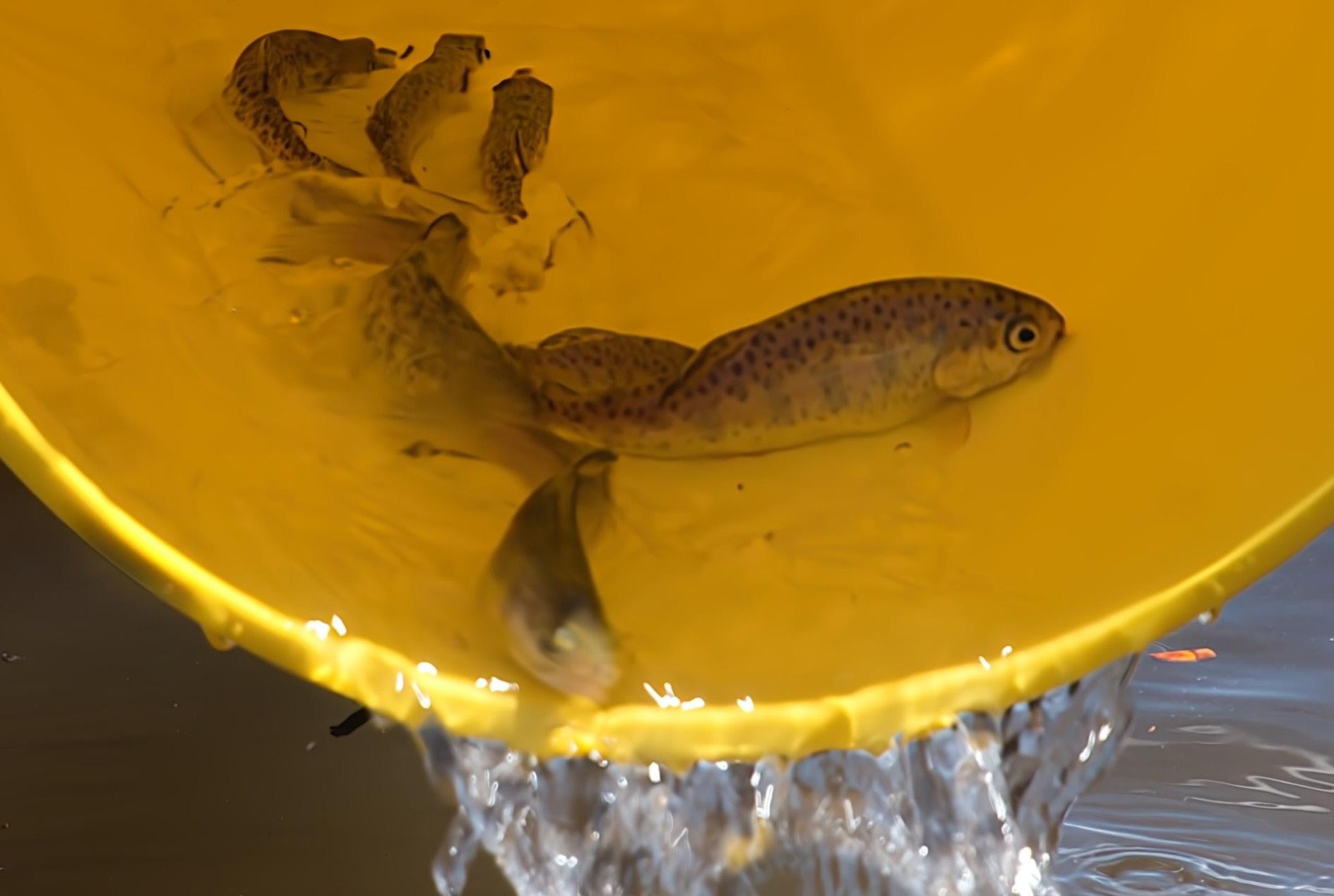

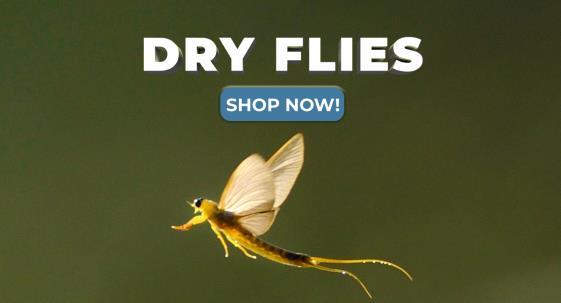
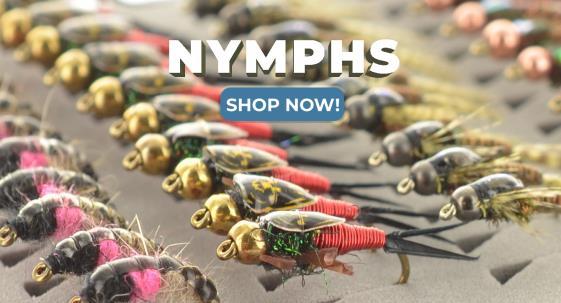

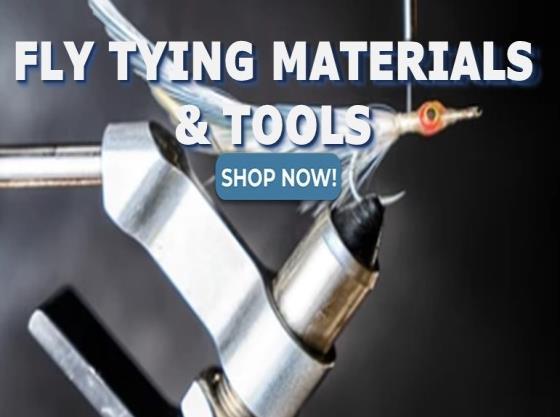

www.HCAezine.com Summer 2024 • High Country Angler 25 Colorado Family and Veteran owned and operated. Thousands of anglers, guides, lodges, and shops served since 1999. www.discountflies.com
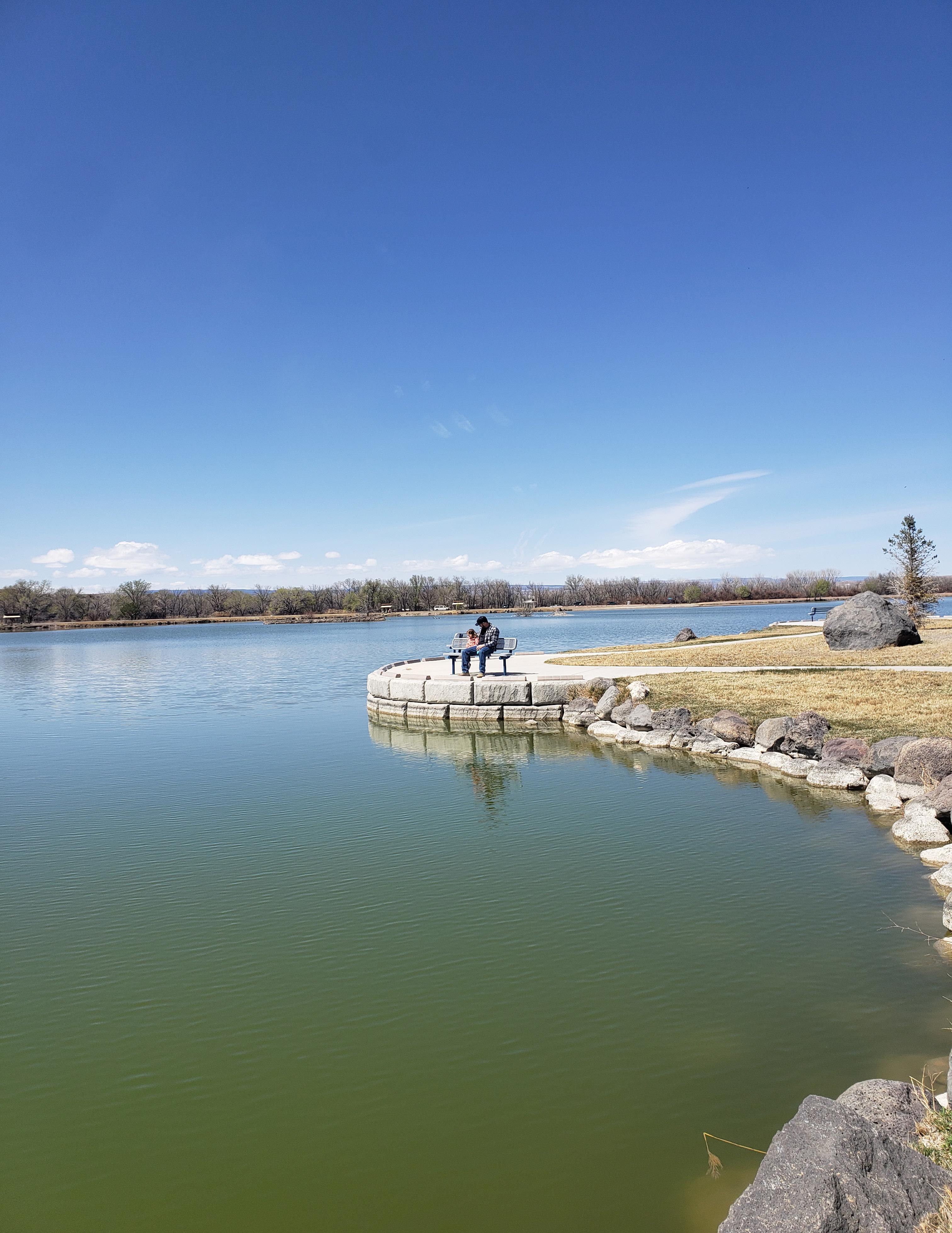

27


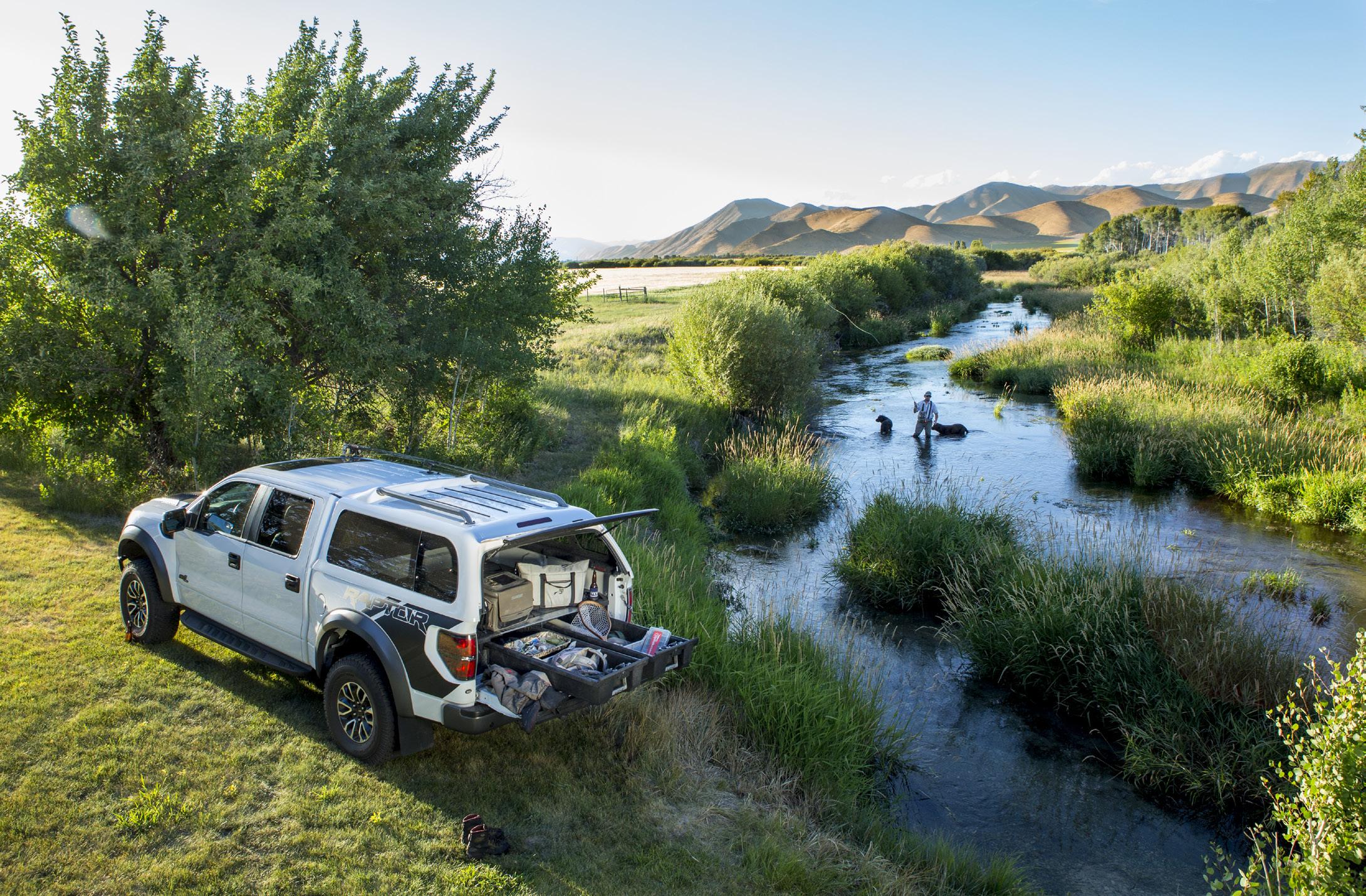

www.HCAezine.com Summer 2024 • High Country Angler 29 We Have You Covered! 5425 S. Broadway Littleton, CO 80121 6955 W. Colfax Lakewood, CO 80214 WWW.AATOPPERS.COM
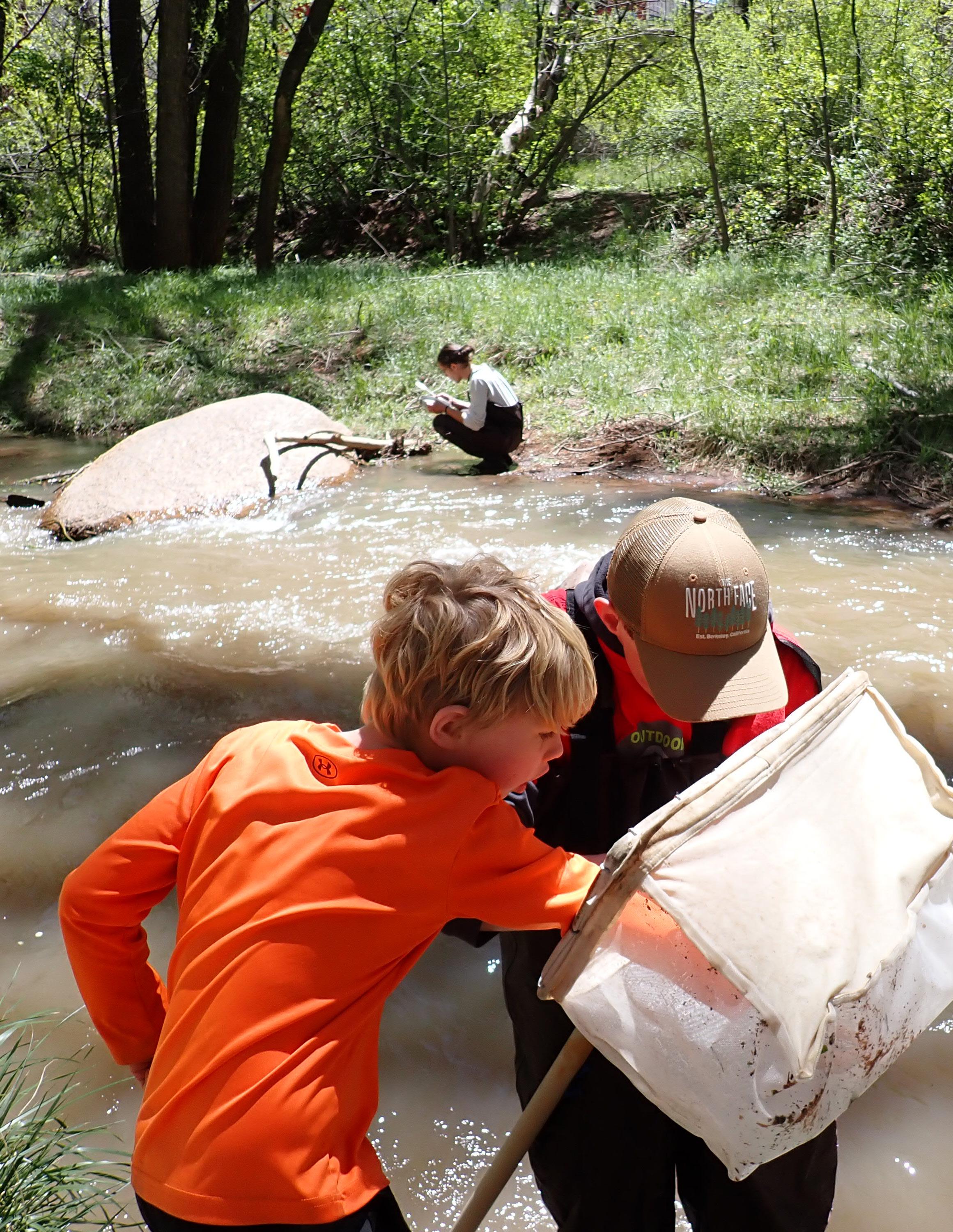
To learn more about this and other stories, visit coloradotu.org .
To learn more


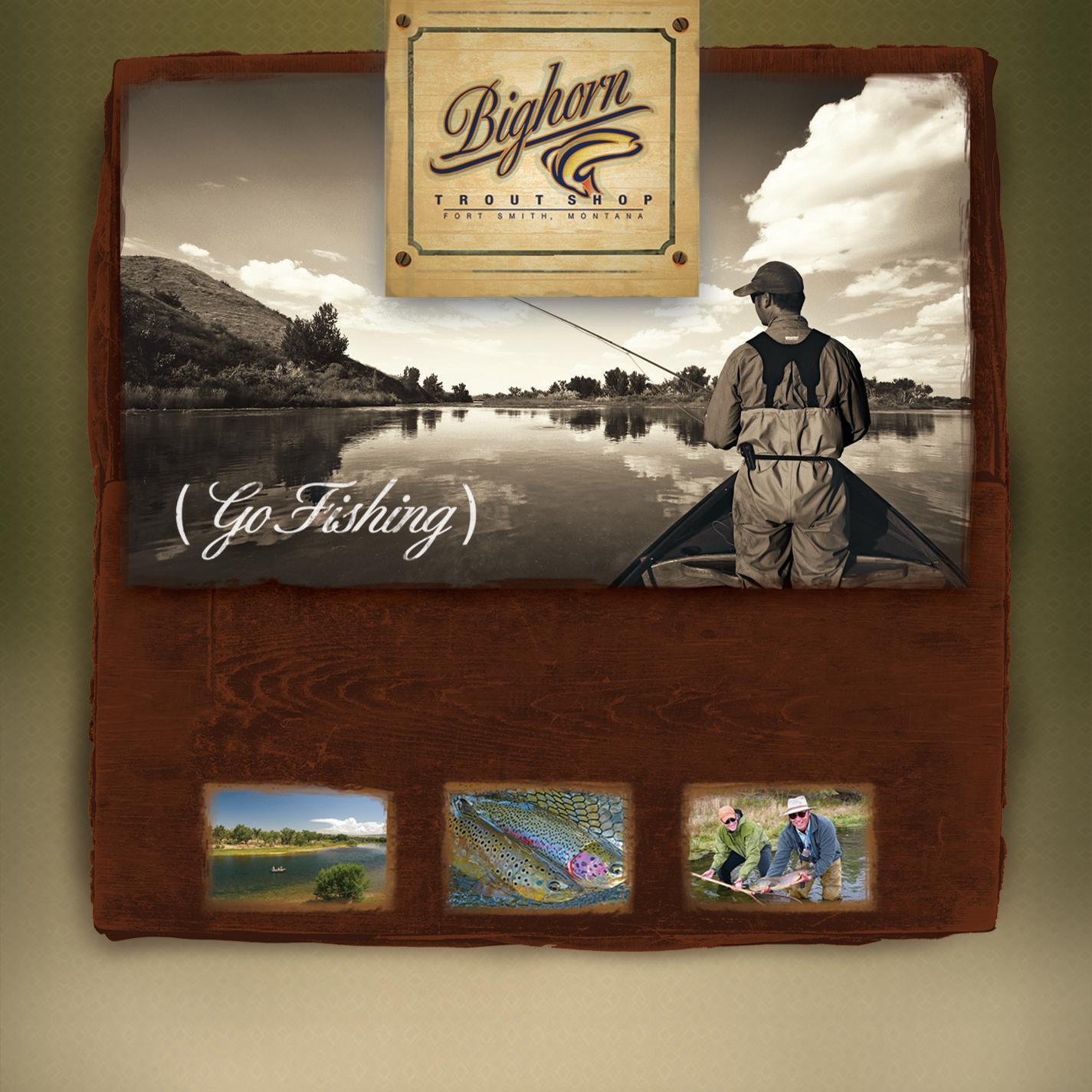

Summer 2024 • High Country Angler 31
President’s Line
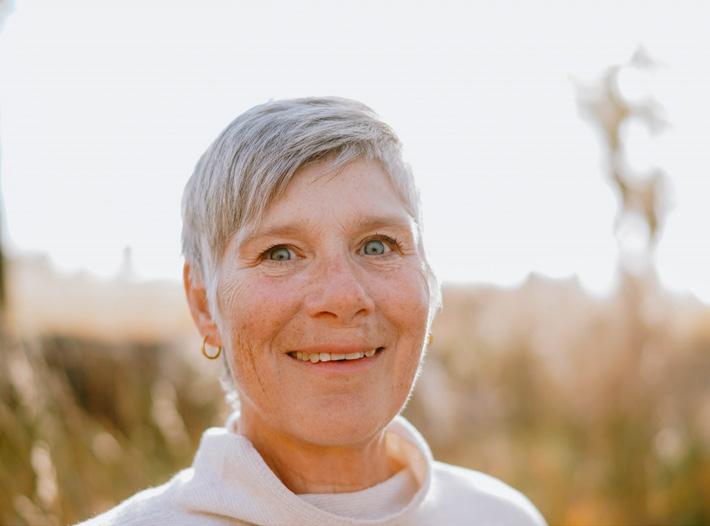
Dear Friends of Trout Unlimited,
I want to introduce myself as the new President of Colorado Trout Unlimited’s Board of Directors. I live in Boulder County and enjoy fishing all over the state of Colorado and beyond. Through angling, I have gained a view of the many facets of Colorado that I don’t think I could have achieved in any other way. My experiences with Trout Unlimited go back to 2006 when I first volunteered for a community science project on Saint Vrain Creek, the results of which eventually led to keeping more water in the river. I have served in numerous chapter and state council leadership positions including Chapter Secretary, Chapter President, Conservation Chair, Education Chair, Regional Vice President, Council Vice President, and Teen Youth Camp Director. During these 18 years, I have truly found my community through the privilege of leadership and teamwork with wonderful volunteers committed to standing up for clean water and healthy fisheries.
When I first engaged with the Colorado Council as a Chapter President about 12 years ago, we were a pretty small nonprofit with an annual budget of less than $600,000 and 3 staff. The budget that the Board of Directors approved in April is nearly $3,000,000, and we benefit from the leadership of 6 staff members! That growth was achieved through vision, hard-working staff, strong collaborative partnerships, generous donors, enthusiastic volunteers, and dedicated chapter and council leaders with a little good luck thrown in. When I speak with people about Trout Unlimited, I continually grow in my appreciation of what a widespread impact a grassroots network of people with a shared goal can achieve.
In light of successes in growing restoration funding, reaching advocacy milestones, expanding outreach impact with events like Troutfest, and collaborating with new communities through education programs like STREAM and Trout in the Classroom, the Board of Directors crafted and approved a new Five-year Operations Plan at our April meeting. This plan is built upon three One TU organizational goals guiding councils and chapters nationwide: 1) caring for the Colorado-wide network of priority waters, 2) inspiring a diverse corps of staff, volunteers, and partners in the care of our watersheds and home waters; and 3)
High Country Angler • Summer 2024 www.HCAezine.com 32
BY BARBARA LUNEAU • CTU PRESIDENT
investing in systems and people to achieve our goals. The plan lays out conservation, outreach, and development program goals, strategies, and measures of success to monitor and adapt as we traverse the next five years.
Nothing in my experience has taught me that challenges and opportunities are closely interwoven as much as volunteering in the conservation nonprofit space. Nature remains the ultimate arbiter in the tension between human impact and the environment. Our rivers and landscape take the brunt of the assault and it echoes in economic impact throughout our society. Sustaining the work of Trout Unlimited in Colorado will require remaining focused on our purpose and our mission to care for and recover rivers and streams so our children can experience the joy of wild and native trout. Our restoration project impact is growing as a result of an influx of funding for river and habitat restoration that improves resilience from the federal infrastructure bill, Colorado Water Plan, and other sources. Changing political winds and new on-the-ground challenges may alter that momentum, and we must be ready to adapt. Despite the many challenges that may arise, as a TU member, you can be confident that we will continue to take a science-based, nonpartisan approach to protecting and restoring our watershed resources. While many challenges lie ahead, alongside each is an opportunity. With positive and optimistic leadership, we will find opportunities to progress toward our mission.
I hope that you enjoy this issue of High Country Angler. The editors work hard to put together an interesting and entertaining mix of articles to feed our angling passions and convey the work that is being done by Colorado Trout Unlimited staff, council, and chapter volunteers. I appreciate their dedication to the craft of reporting and conservation storytelling.
As we all delve into summer, enjoy your adventures on the river and stay safe.
Warmly, Barbara Luneau
About The Author
Barbara Luneau is Colorado Trout Unlimited’s President, a retired geologist, avid angler, and long-time TU volunteer at both local chapter and statewide levels. She has a deep commitment to youth programming, including serving as the volunteer director of the annual CTU River Conservation and Fly Fishing youth camp.
www.HCAezine.com Summer 2024 • High Country Angler 33
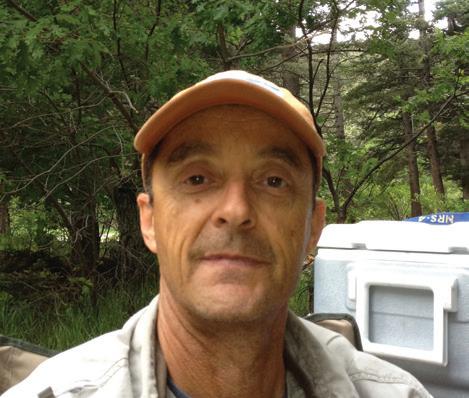
IThe Gift of Summer
t is a cold little valley at the best of times, and I show no inclination to leave the confines of my sleeping bag until the sun has well and truly hit camp. After crawling out of the back of my pickup, I shake the water jug to break the thin film of ice that has formed overnight, then brew a cup of tea and sit as morning warms and contemplate breakfast.
The trip has been thrown together last minute, our schedules falling into synch only the day before. No time to have packed anything fancy, I pour more boiling water into a pouch labelled ‘Breakfast Scramble’ and wait for the wonder of modern food technology to perform its miracle.
She stirs from her camper and, dog leading the way, comes and sits next to me, mug of coffee in her hand.
“The creek looks murkier than it did yesterday evening,” I offer.
She nods. “Well, if nothing else, it’ll be a good day for a hike and a beer.”
With most rivers outside of tailwaters in the thrall of run off, we’ve chosen to head to the high country on something of a gamble, hoping to find some fishable water in an alpine tributary. In the distance, the San Juans form a patchwork of snow fields and bare granite. The sky is clear of clouds, and a gentle breeze blows from up high down through the small canyon at the head of which we are camped.
I dress in my waders, she stuffing hers in a pack to change into once we are down through the canyon and out into the widening meadow below. She had rigged her rod last night. I decide to keep my line furled on the reel until I get a better idea of conditions below. We pick our way down the rough trail next to the stream as it tumbles through the canyon in a series of pools and boulder-strewn drops. The dog scouts ahead, his nose leading the way, turning every now and then to ensure we are still on the right path. Once exiting the canyon, the slope of the earth
begins to mellow, and the stream ceases it straight downhill charge and begins to meander. The season’s first wildflowers are in bloom. We pause at a promising looking elbow bend, and she makes a few casts along the eddy line between still water and riffle, to no avail. The murky water reveals the secrets of the stream bed only to the depth of a foot or so. Beyond that remains mystery.
Ten more minutes of hiking down the meadow, she finds a place to don waders and stash her pack beneath a boulder. I take a couple of beers and place them in the stream, building a small rock harbor to ensure they don’t float away before our return.
Spying an elbow bend similar to the one upstream, I tie on a dry and dropper and decide to make a few casts while she finishes tying her boots. I work the slow water close to the bank, figuring a feeding fish will likely avoid the energy sap of the main current. On cue, as if to mock my assumption, a shadow briefly breaks the surface in the chop of the main flow. I lengthen my cast and run several drifts through the fast water. The dry fly dives and I set the hook, raising a nice brown trout off the bottom with the dropper. Optimism rises. Already one fish more than I’d supposed when I’d looked at the stream first thing in the morning.
“There’s a tributary another half mile down,” she says. “That might murk it up even more, but let’s head there before deciding whether to fish back up or keep going down.”
The tributary flows in from the south, out of a tapering meadow that rises gently toward a narrow gorge a half-mile distant. As we approach the confluence, it becomes evident that the tributary has passed its peak run off, and although still tinged with silt, offers us better prospects for success. We wade across the stream and begin to make our way up the tributary, leapfrogging ahead of each other as we go.
The sky remains brilliant blue and cloudless. The
High Country Angler • Summer 2024 www.HCAezine.com 34
A GUIDE’S LIFE • BY HAYDEN MELLSOP

gentle breeze takes the edge off the rapidly warming day. For all intents and purposes, we are the only humans in the valley. We each catch several fish, all healthy browns. A couple rise up to sniff at the dry fly, dubious of the offering, but show no such compunction for the nymph.
We take lunch where the tributary enters the gorge. I lay back in the sun to take a power nap. We make our way back down to the confluence, then turn upstream and fish our way back towards the stashed pack and beers. By now the main stem seems to have cleared a little, and we each take a few more fish.
The beer tastes doubly delicious on the back of an unexpectedly successful day. The dog wallows in the stream while we sit cooling our feet in the flow, then she changes back out of her waders and we begin the hike back up to camp, where another beer awaits.
Returning home, it seems impossible I have only been gone twenty-four hours. This has been the first of what I hope will be many trips to the high country this season - along with the cricket’s lullaby, the true gift of summer.
About The Author
Hayden Mellsop is an expat New Zealander living in the mountain town of Salida, Colorado, on the banks of the Arkansas River. As well as being a semi-retired fly fishing guide, he juggles helping his wife raise two teenage daughters, along with a career in real estate.

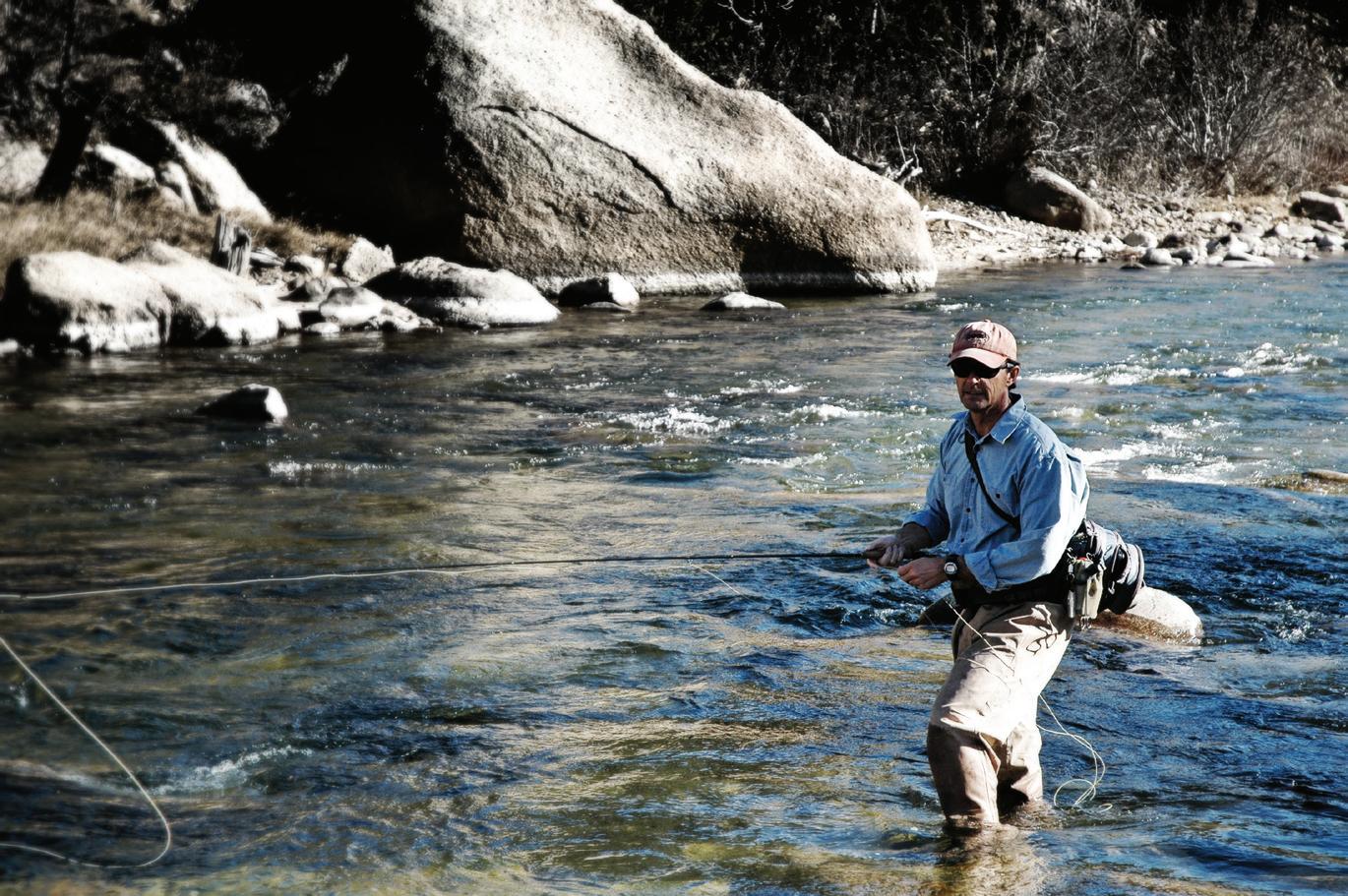
Recreation, residential, retirement, investment.


www.HCAezine.com Summer 2024 • High Country Angler 35
Hayden Mellsop Fly fishing guide. Real Estate guide.
The Crane Fly: Spring’s Unsung Hero Fly Patterns
by Peter Stitcher
As spring temperatures begin to climb and the first hints of green touch the riverbank, the action beneath the surface of the water begins to heat up as well. Rainbow and Cutthroat trout, who have been lazily conserving energy through the winter, get aggressive with the drive to spawn taking over their little fishy brains. The Blue Winged Olive Mayfly is the most prevalent hatch across much of the US, with squadrons of size 18-20 mayflies leaving the surface of the water in waves each morning. Mother’s Day Caddis, Skwala Stoneflies, and Cicadas are among the other go-to patterns that most people think of when fishing in the spring, but there is one unsung hero that deserves a spot on your line this spring, and that is the Crane Fly.
Born on Monster Island and cousin to Godzilla and Mothra, the Crane Fly in both its larval and adult forms dwarf all other aquatic Diptera (midges, gnats, & chironomids)! In some regions, the crane fly larva is referred to as a “baby dill” because of its size and color proximity to a small dill pickle! The larva is found in live water in all 50 states, and their fully mature, undulating form measures up to 2 inches in length and 3/8 inch in diameter. The crane fly larva is a serious infusion of calories for a trout depleted by a long winter, and when the opportunity arises, a fish will swim past countless smaller insects for a chance to take one of these larvae! While less abundant than other hatches, the larva is a must fish pattern pre-runoff all the way
through peak runoff.
Our most effective cranefly larva patterns are the Chewee Crane Fly Larva
and the Beadhead Mop Fly (right).
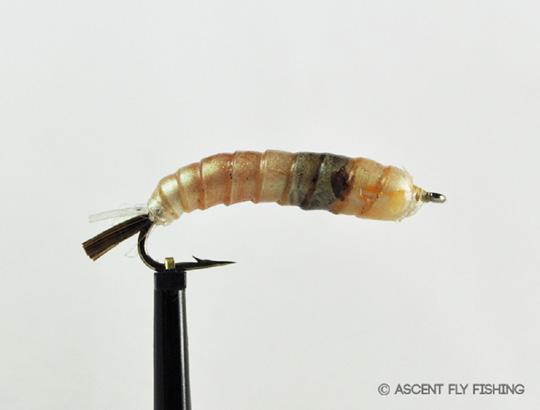
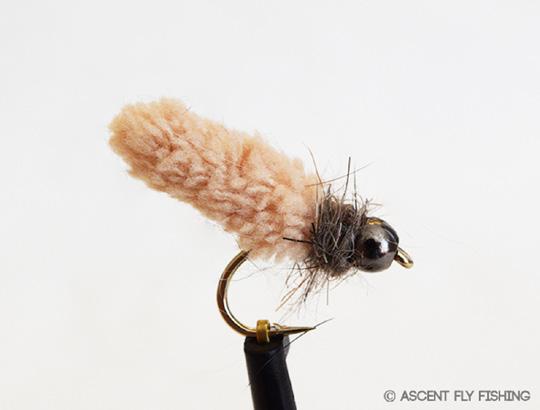
If you’ve seen an adult cranefly once, you’ll never forget it!
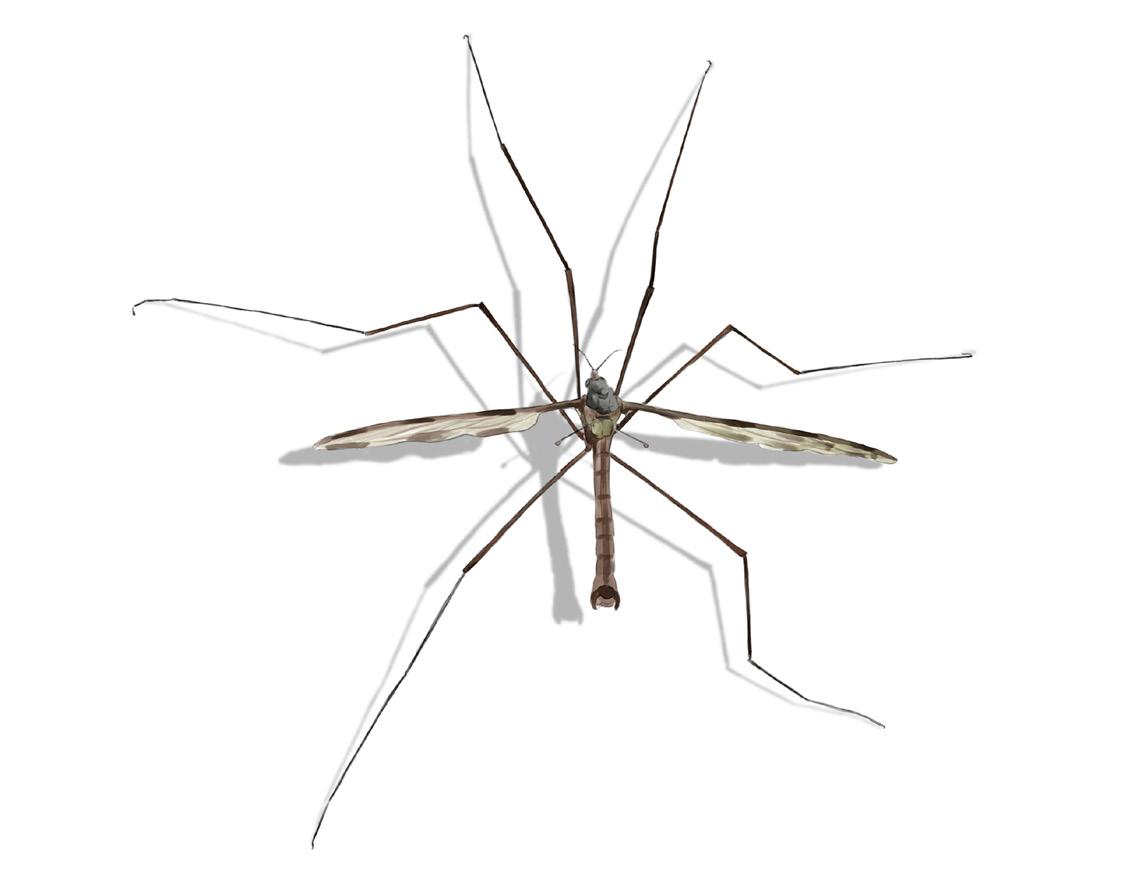
High Country Angler • Summer 2024 www.HCAezine.com 36
(left)
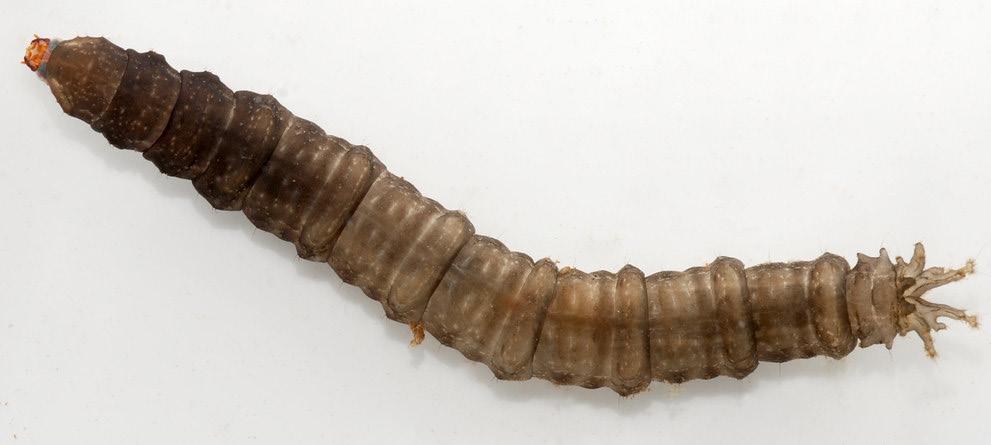
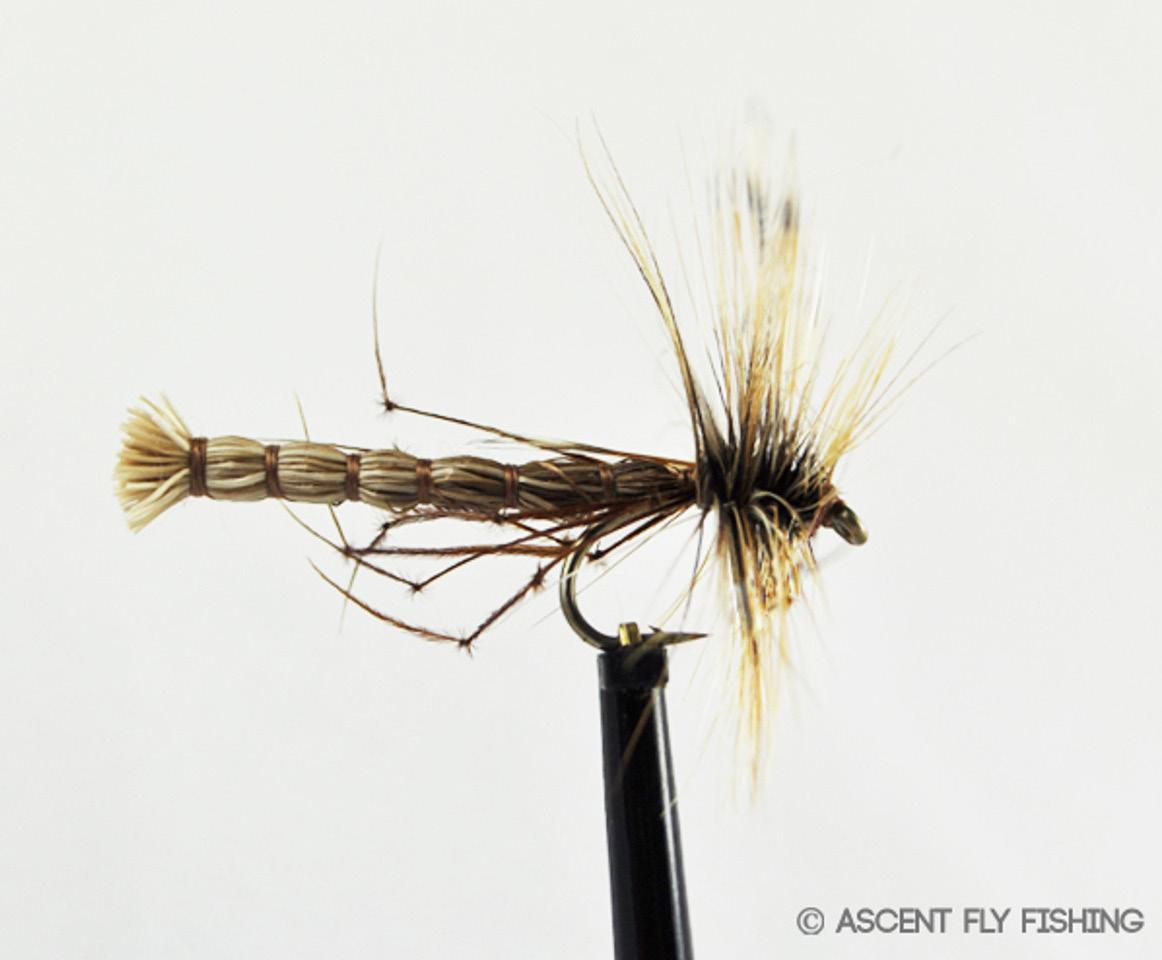
Regionally known as mosquito hawks or "skeeter-eaters" these half dollar sized midges look like daddy long legs with wings! The adult crane fly is a clumsy pilot, and their splashing bouncing and skipping flight over the water makes them very vulnerable to rising trout. Also, in a season dominated by size 18-20 dry flies, when a 1 ½” dimeter bomber of a bug touches down on the water, it is going to capture the hungry gaze of every trout in the area! There are no clever names for our favorite pattern for this lfe stage, and it is simply called the Cranefly.
So, this spring, I encourage you to think out side the box, going beyond the abundant and obvious smaller insects and go with an absurdly large crane fly pattern. These big flies trigger hunger trout, and if you choose to tie one on, I think you’ll be presently surprised by how effective it is!
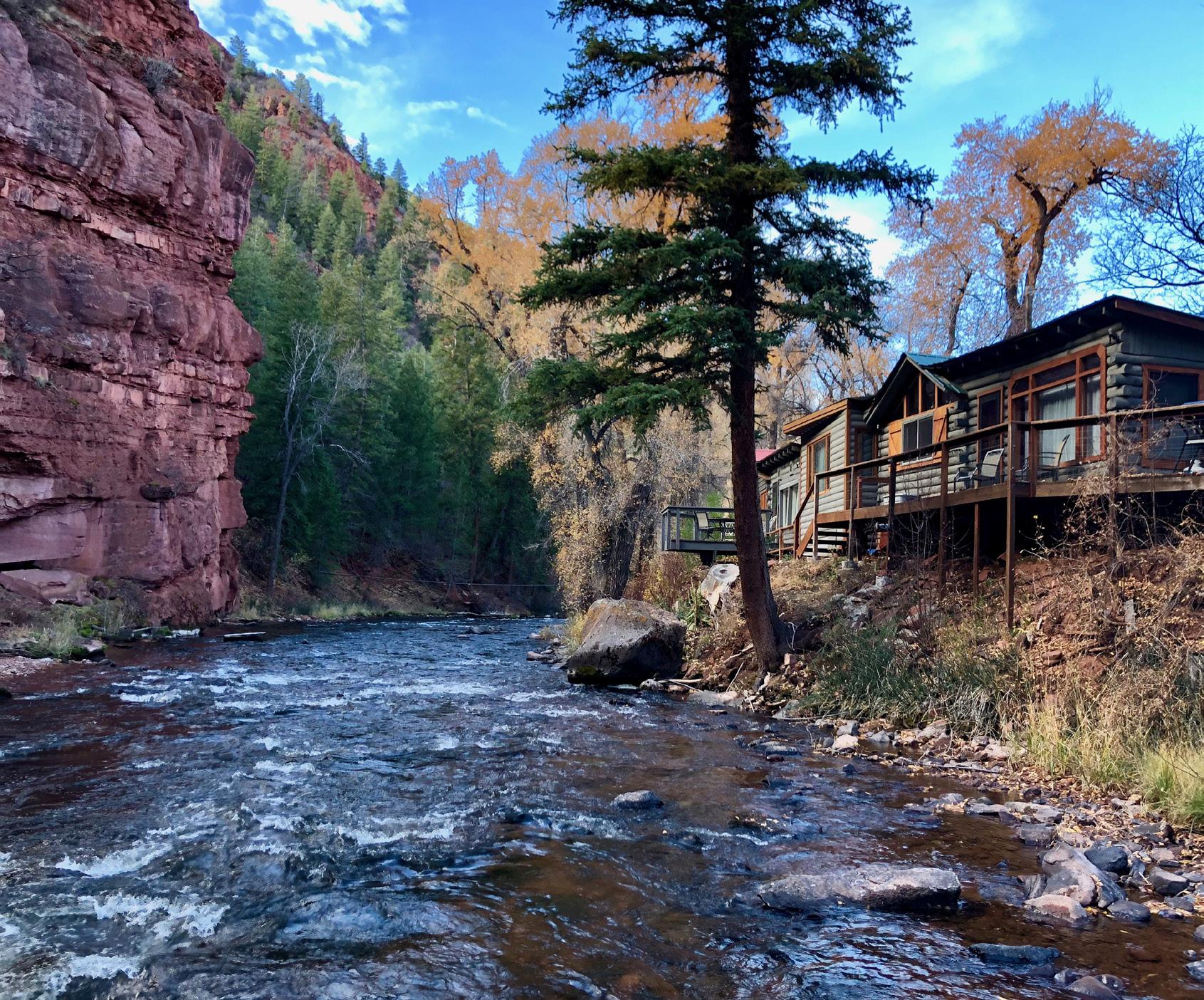
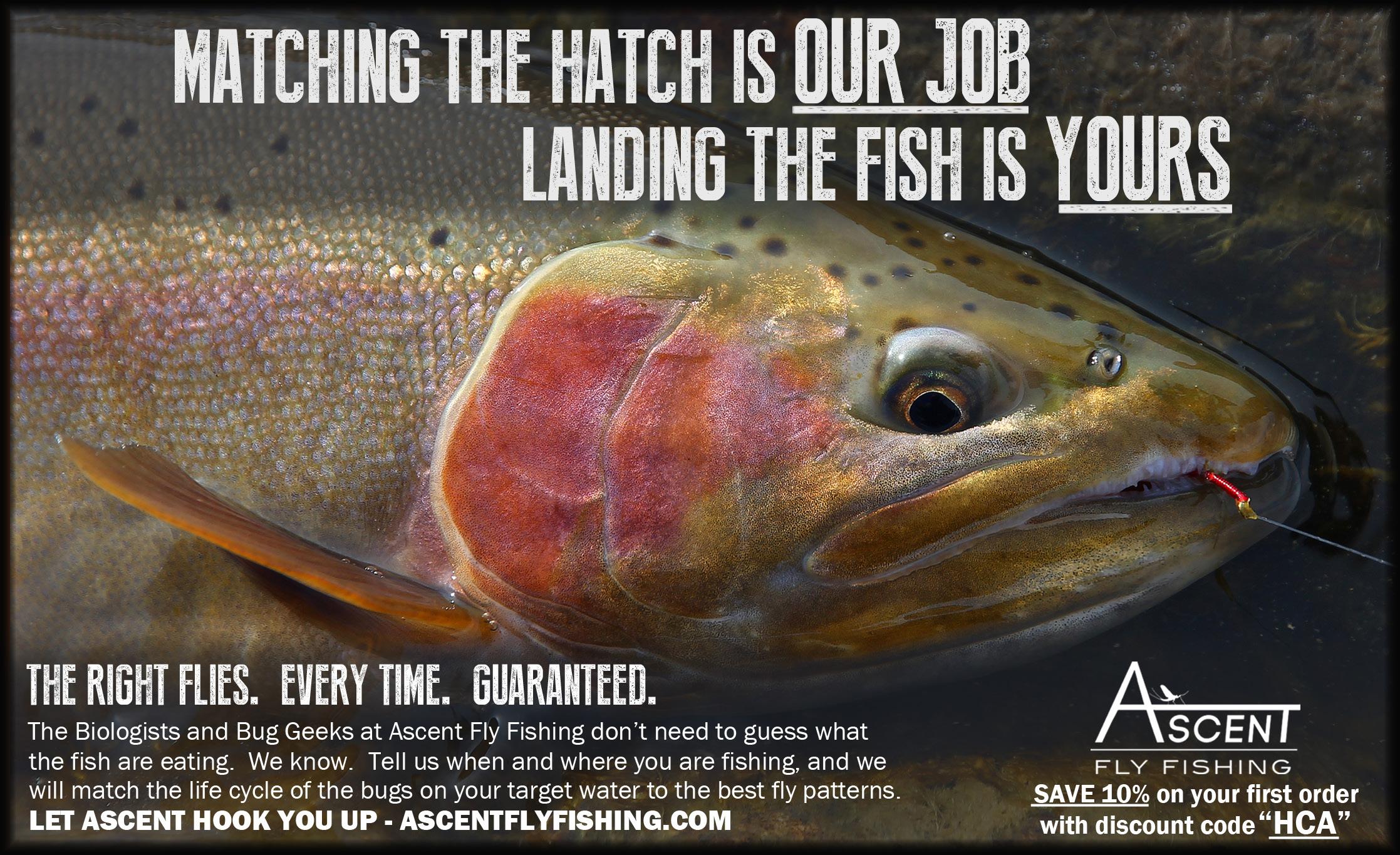


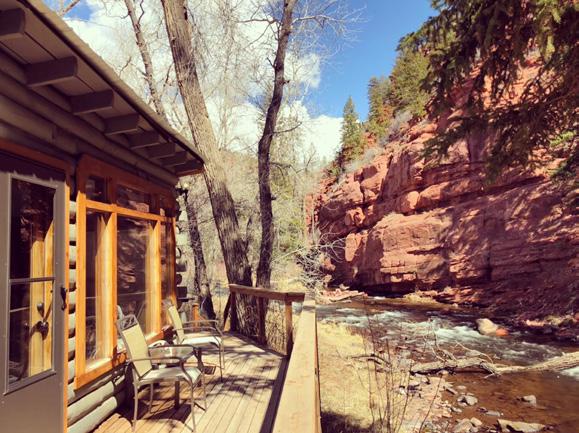
High Country Angler • Summer 2024 www.HCAezine.com 38 Book Today! 210.336.2613 thedallenbachranch.com thedallenbachranch@gmail.com ‣ Private Frying Pan access ‣ Minutes from downtown @shyanneorvis 2561 Frying Pan Road, Basalt ‣ Riverfront cabin rentals ‣ Weddings & special events

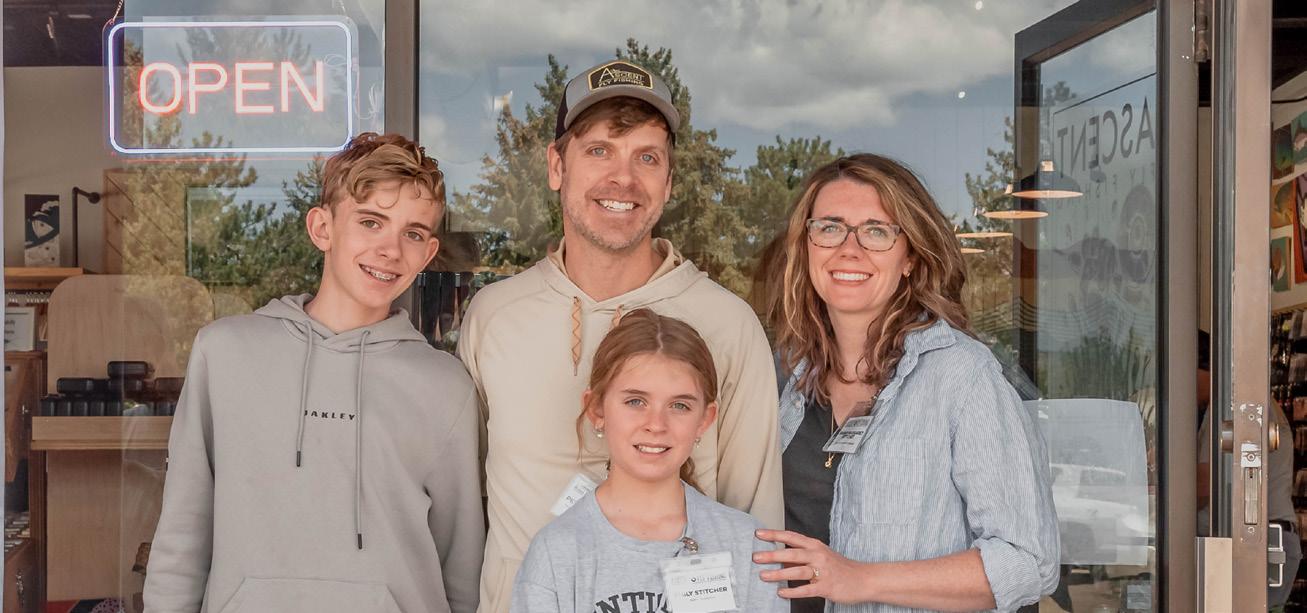
Peter Stitcher is an aquatic biologist by vocation and the owner of Ascent Fly Fishing located in Littleton CO and online at ascentflyfishing.com. Peter has written the “Bug Bites” column in High Country Angler for the last 7 years. Whether you are new to fly fishing or are a seasoned angler, Peter and the team at Ascent Fly Fishing would love to be a resource in equipping you, your family, and friends to help you get out on the water and experience it in a way that is life giving for you!


www.HCAezine.com Summer 2024 • High Country Angler 39 www.IslandAcresResort.com • Walking distance to the gold-medal waters of the Gunnison River • Near Blue Mesa Reservoir • Vintage charm and ambiance
Great outdoor space
Multiple room layouts
Fully stocked kitchens
Spacious boat parking, including free long-term for multiple stays Island Acres 38339 US Hwy 50 Gunnison, CO 81230 970.641.1442 About The Author
•
•
•
•
Get notified of each new issue. Sign up now. HCAMAGAZINE.COM
FFI Fly Tying Group
Non-profits are numerous across the United States and the world. Fishing has its share dedicated to both freshwater and saltwater species, and warmwater and coldwater species. Many fish and fishing organizations are dedicated to a cause such as veterans, personal medical recovery, habitat, conservation, education, foundations, endangered species, and more. The list is long, which is good that attention and funding is given to promote the need.
I, along with many of my fellow anglers, am involved in a number of non-profits, both fishing related and otherwise. As fly tyers, the commonality that unites us is that no matter what fish we pursue, there is a need for a fly pattern, and that need unites us at the vise with a bobbin in hand.
This column is a column related to fly tying, so I would like to spotlight a non-profit that I am a member of – Fly Fishers International and specifically the Fly Tying Group within FFI.
The Fly Tying Group, or FTG, is a subgroup of FFI, with a separate board of governors, programs, and paid membership. As described on the FTG website, “The Fly Tying Group's work revolves around sharing and teaching to provide opportunities for the fly fishing community to learn new or enhance their current skills. We share information through our newsletter, tying demonstrations at events, maintaining a comprehensive video library, and teaching about the art of fly tying online”.
FTG produces an excellent monthly newsletter, posts a fly of the month tutorial, maintains an extensive library of tying information and videos, and regularly sponsors online conference calls featuring a specific tyer, which I’ve been able to join in and be a presenter.
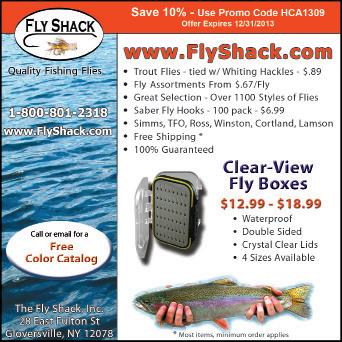
Unique to FTG is the Skills Award Program. This is a structured learning plan in which tyers participate on an individual basis on their own timeline. The award program has three levels consistent with Olympic medals, for a bronze, silver, and gold award. At each level, tyers choose from among specific fly patterns. Some are required patterns, some are optional. The patterns are specifically chosen by FTG to represent a broad variety of materials and patterns and skills, so as to demonstrate a general competency
High Country Angler • Summer 2024 www.HCAezine.com 40
FIT TO BE TIED • BY JOEL EVANS
Save 10% - Use Promo Code HCA1703 Offer Expires 9/30/24
at tying. Flies are tied by the individual, submitted by mail to an FTG evaluator for review with comments, and with a passing score, an award is given.
I personally have embarked on this journey, having received the bronze award and working towards the silver level. I will note that this is not a symbolic program. The evaluation is to be taken seriously, as even expert tyers can expect to find room for improvement in their submitted flies.
A recent expansion of the FTG is to host an annual Fly Tying Rendezvous. This is a nation-
al level event, the first having been held last year in Branson, Missouri. I was able to attend and met with about 40 tyers from across the country. So while this is not a big group, the organizers are looking to increase the attendance at this year’s event to be held September 27 and 28, in Farmers Branch, Texas, near Dallas. Take a minute to look at the FTG website.
Go to Fly Fishers International and learn about the mission and great programs of FFI, or go direct to the Fly Tying Group at flyfishersinternational.org/Get-Involved/Fly-Tying-Group.

FOR A CHALLENGE, CHECK OUT THE AWARDS PROGRAM OF THE FLY TYING GROUP OF FLY FISHERS INTERNATIONAL. FOR THE BRONZE AWARD, ONE OF THE REQUIRED PATTERNS IS A WOOLY BUGGER. BUT DON’T ASSUME THIS UBIQUITOUS AND BEGINNER FLY IS A PUSHOVER TO BE ACCEPTED FOR THE AWARD.
About The Author
Joel Evans is president of the Gunnison Gorge Anglers chapter and the current Southwest Regional Vice President of Colorado Trout Unlimited.
www.HCAezine.com Summer 2024 • High Country Angler 41

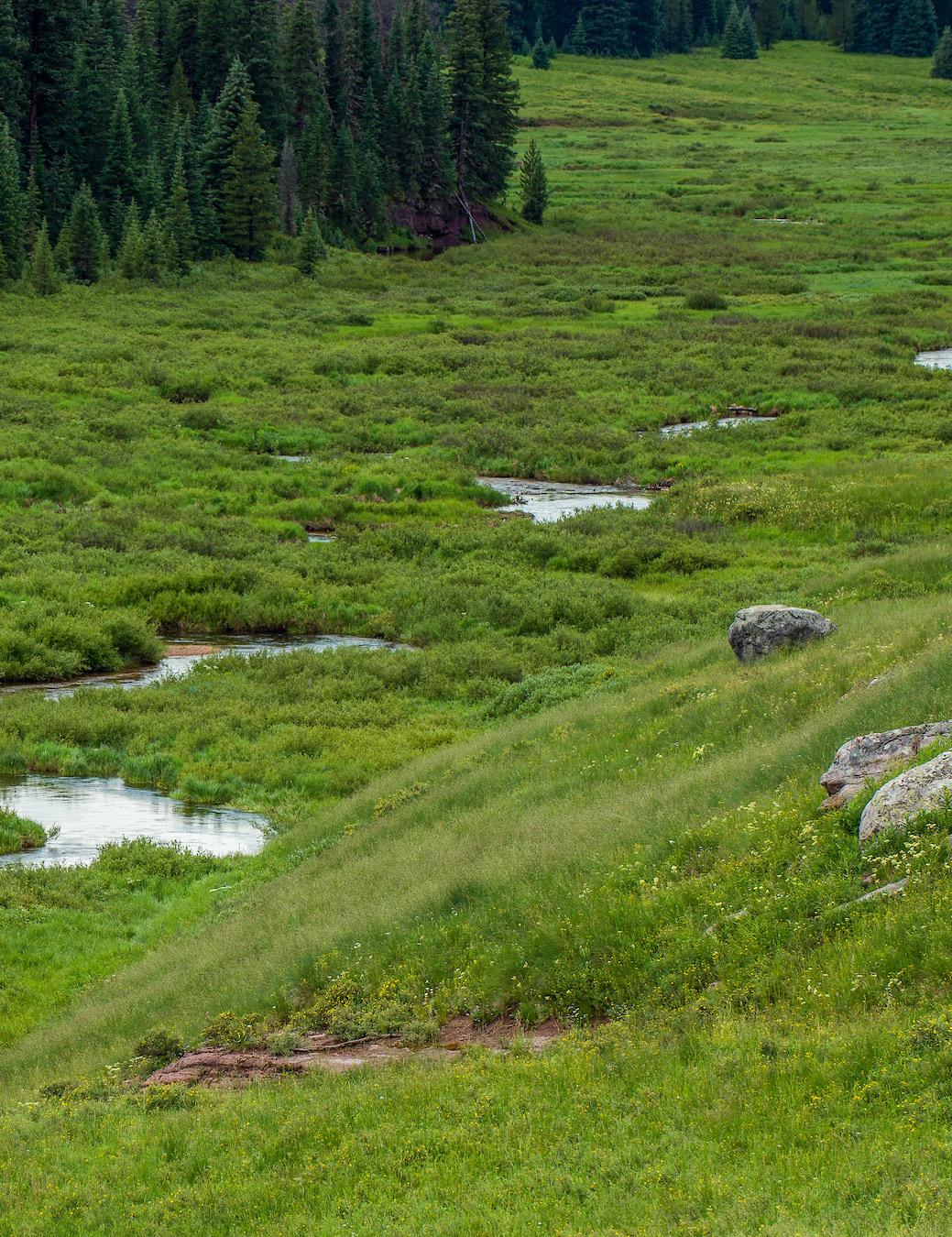
Colorado Legislature Steps Up to Protect Wetlands and Water Quality
by Colorado TU Staff
Colorado’s rivers and wetlands will benefit from a recent legislative victory for conservation interests. In May, the Colorado General Assembly passed, and the Governor signed into law HB 24-1379, a first-in-the-nation measure designed to ensure that Colorado’s waters and wetlands continue to enjoy similar protection to what they have historically under the Clean Water Act.
The story begins in 2023, when the U.S. Supreme Court authored the largest rollback of protection under the Clean Water Act in that law’s history through their decision on the Sackett v. EPA case. The decision dramatically reduced the extent of waters protected under that law, excluding many wetlands and seasonal streams (which in Colorado represent a majority of our stream miles, as shown in the map
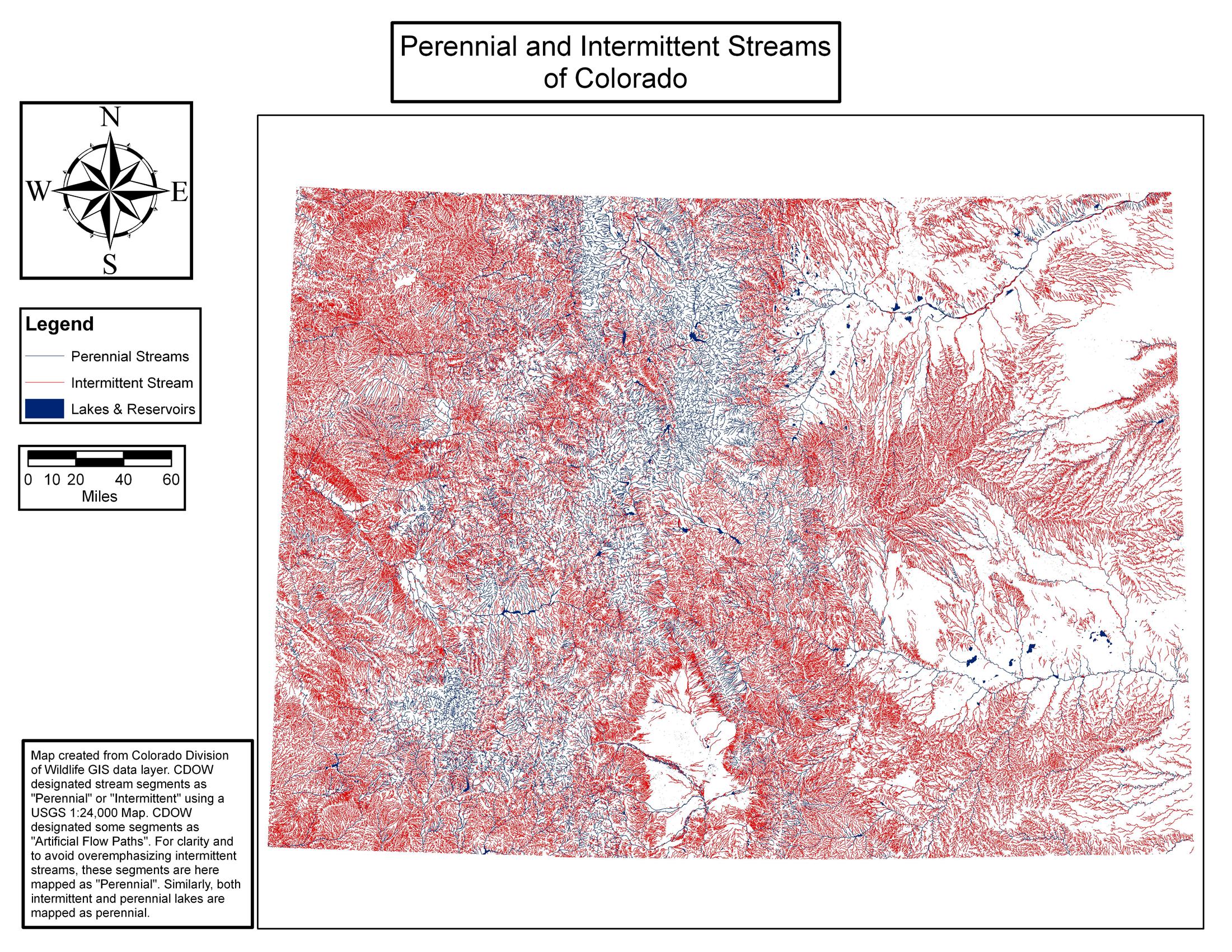
High Country Angler • Summer 2024 www.HCAezine.com 44
below). While Colorado has long had strong statelevel protections for point source discharges such as from an industrial or water treatment facility, the Sackett decision potentially left many of our wetlands and seasonal streams at risk of being dug out or filled in – Colorado had no program equivalent to Section 404 of the federal Clean Water Act that handles permitting for dredge and fill activities in waters of the United States.
Now, thanks to a dedicated coalition of conservation interests and some true legislative champions, Colorado has become the first state to pass new state-level laws to restore protections lost under the Supreme Court’s decision. This is great news not only for the seasonal streams and wetlands that will be protected, but for downstream water quality, which is fundamentally shaped by the health of those sources higher in the watershed. That in turn is vital for the quality of fish and wildlife habitat and of our communities’ drinking water supplies.
Recognizing that getting major water legislation passed through the General Assembly was more than any group could tackle alone, CTU joined with many other conservation-minded partners including Conservation Colorado, Earthjustice, and Green Latinos, to create the “Protect Colorado Waters” coalition. We came into the legislative session benefiting from grant support from the nationwide Protect Our Waters campaign and brought on strong professional expertise to bolster our collective efforts. In particular, TU benefited from the work of Mark Eddy – a TU volunteer, communications consultant, and former Denver Post reporter, and from National TU counsel Mely Whiting, who delayed her retirement to help this campaign with policy expertise. Hundreds of TU members also lent their voices to the effort, reaching out to urge their Senators and Representatives to support wetland and water protection.
Perhaps most importantly, we were blessed to have strong champions for water quality protection within the Polis Administration and its Department of Public Health and Environment, and with three key legislators who sponsored HB 24-1379: Speaker of the House
Rep. Julie McCluskie, House Ag Committee Chair Rep. Karen McCormick, and Senate Ag Committee Chair Sen. Dylan Roberts. These leaders for water quality worked tirelessly to advance legislation that would ensure protection of Colorado waters.
Legislative sponsors held extensive discussions with stakeholders from all sides of the issues and worked through multiple bill drafts and amendments along the way. Our coalition reached out with various other interests that were open to discussion about mutually agreeable solutions. Ultimately, several important compromises were reached that helped pave the way for the bill’s final passage:
• The program will be housed with the Water Quality Control Division/Commission but with measures in place to ensure the agency secures additional staff and funding if needed to ensure the timely processing of permits. Opponents had proposed creating a costlier (and slanted toward polluters) commission and division to be housed in the Department of Natural Resources.
• The standard of protection will be as strong as previously existing federal criteria and could be made stronger if the Commission determines through public rulemaking that more protective criteria were needed to maintain the physical, chemical, and biological integrity of Colorado waters. Opponents had sought to make federal standards a hard ceiling rather than a floor for state protection.
• The program will protect waters of Colorado broadly, not excluding (as opponents had sought) those wetlands beyond 1500 feet from rivers. This was a key issue given the important role such wetlands play as natural filters maintaining downstream water quality. Under the compromise developed by our colleagues at the Colorado River District, those more distant wetlands will be handled under a statewide ‘general permit’ with appropriate best management practices to protect waters of the state.
www.HCAezine.com Summer 2024 • High Country Angler 45
The end result is a model for other states to step up in the aftermath of the Supreme Court’s decision and is arguably the most significant water quality legislation that Colorado has seen since the original 1973 passage of the Colorado Water Quality Control Act. CTU thanks Speaker McCluskie, Rep. McCormick, and Sen. Roberts for their work in protecting headwaters, wetlands and water quality for Colorado. And we are grateful for all our members and supporters, who make possible these kind of important advocacy successes.

To learn more
To learn more about this and other stories, visit coloradotu.org
